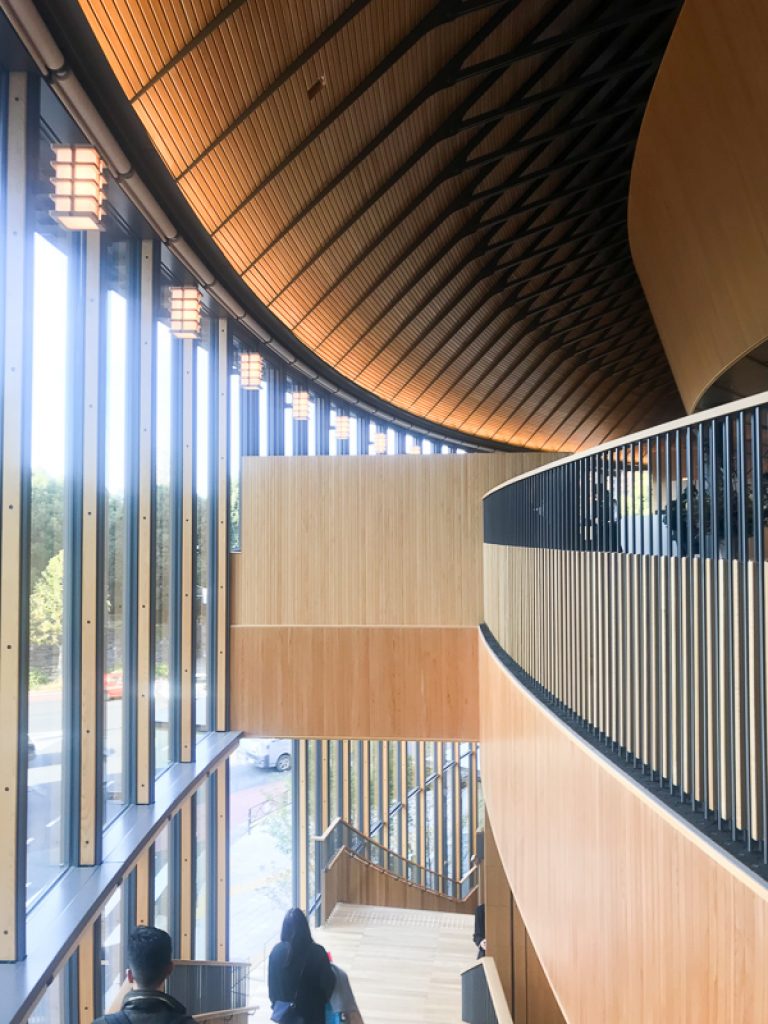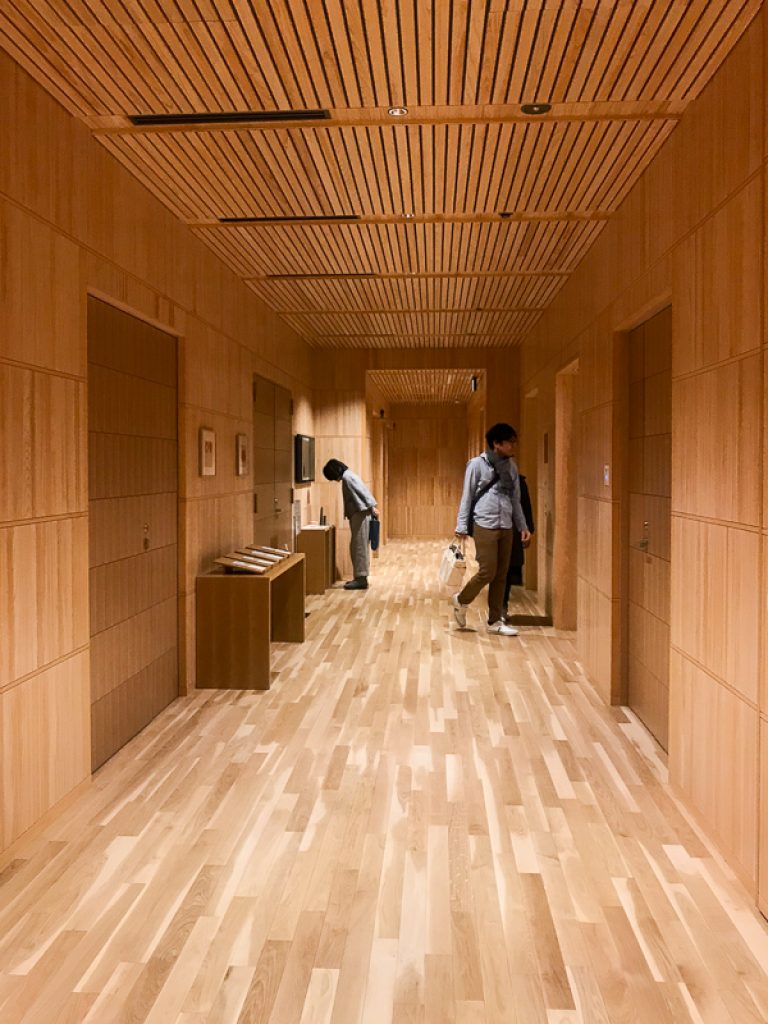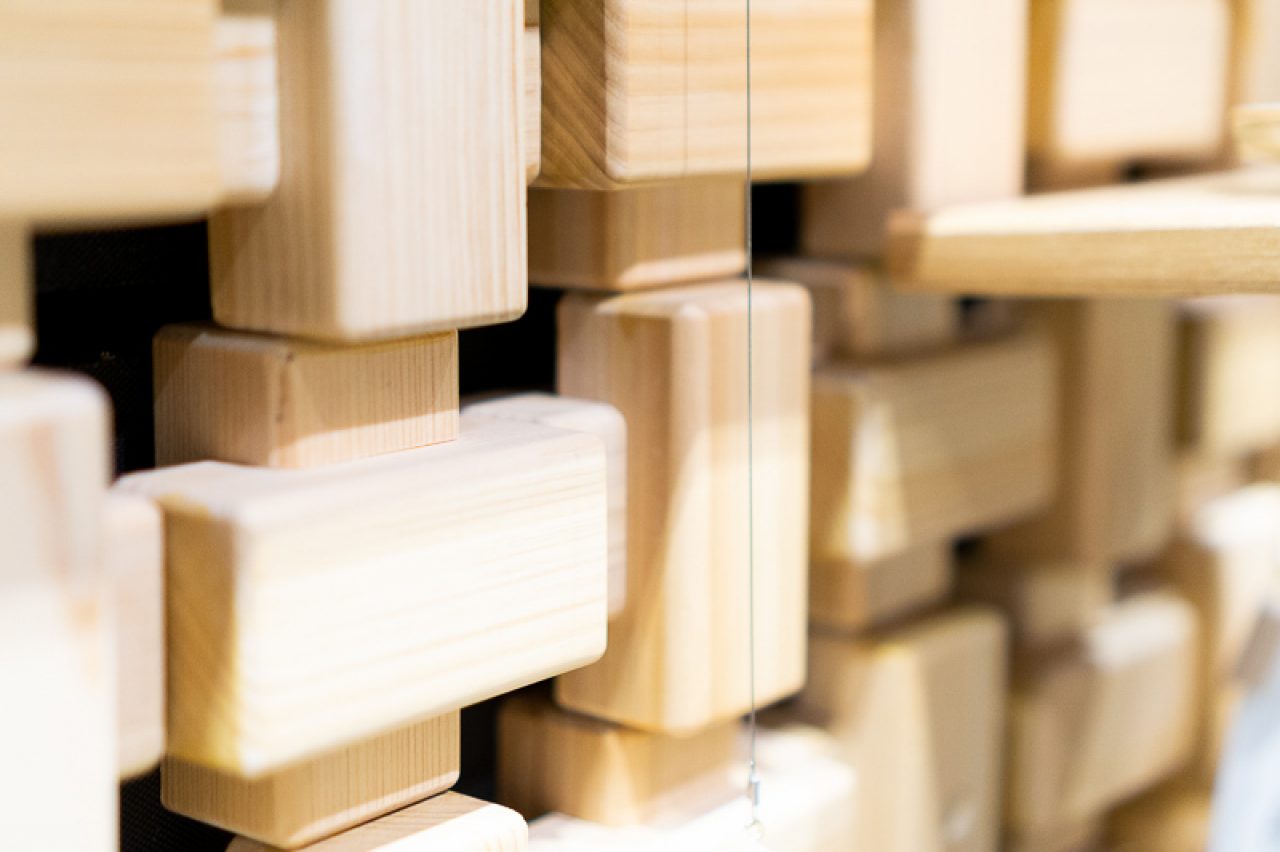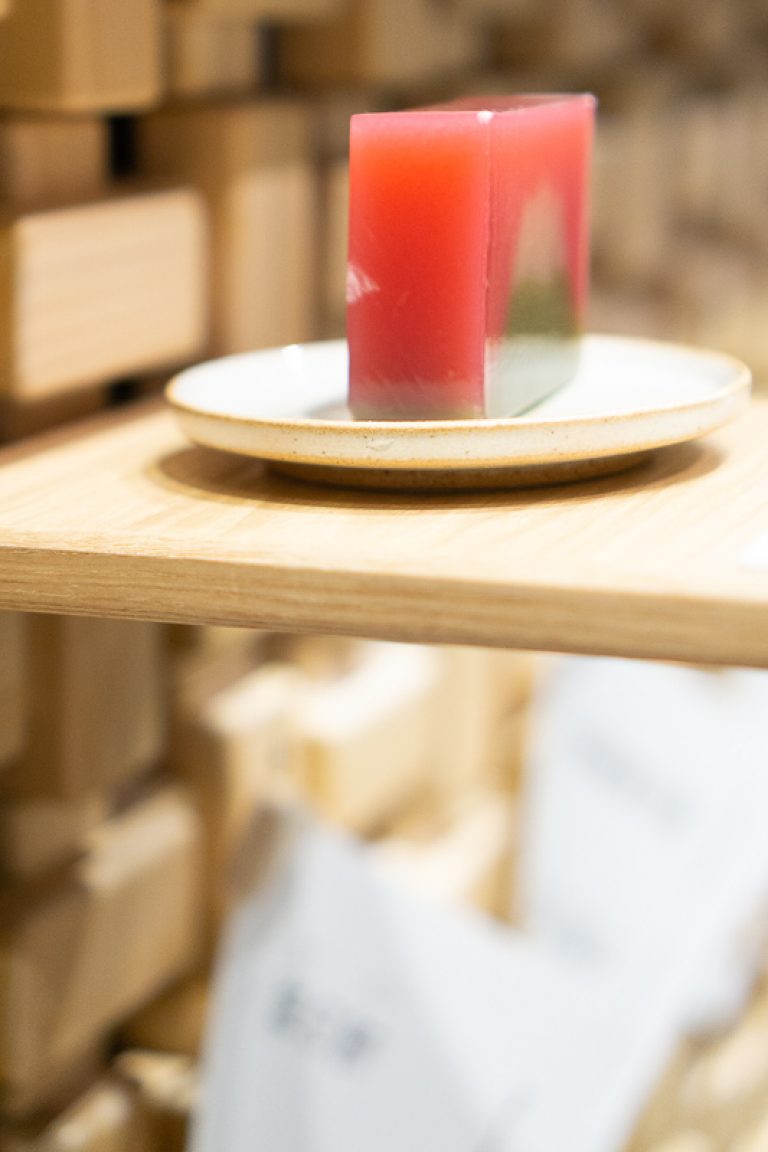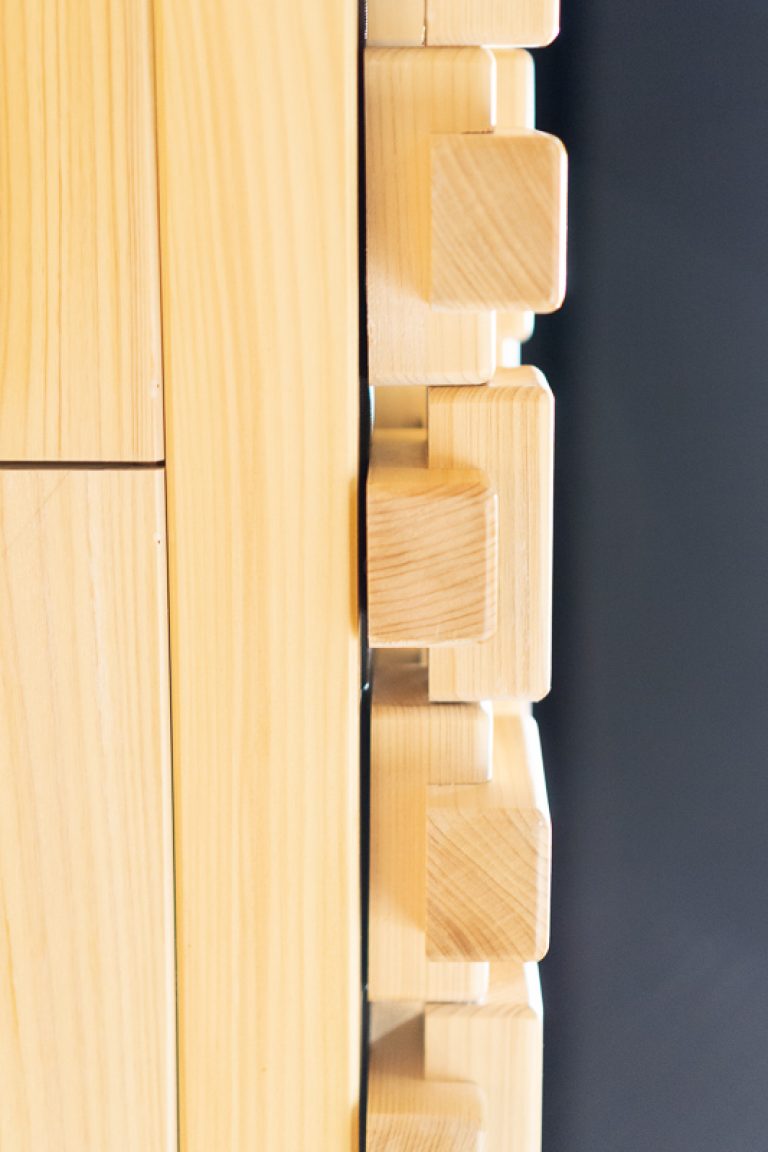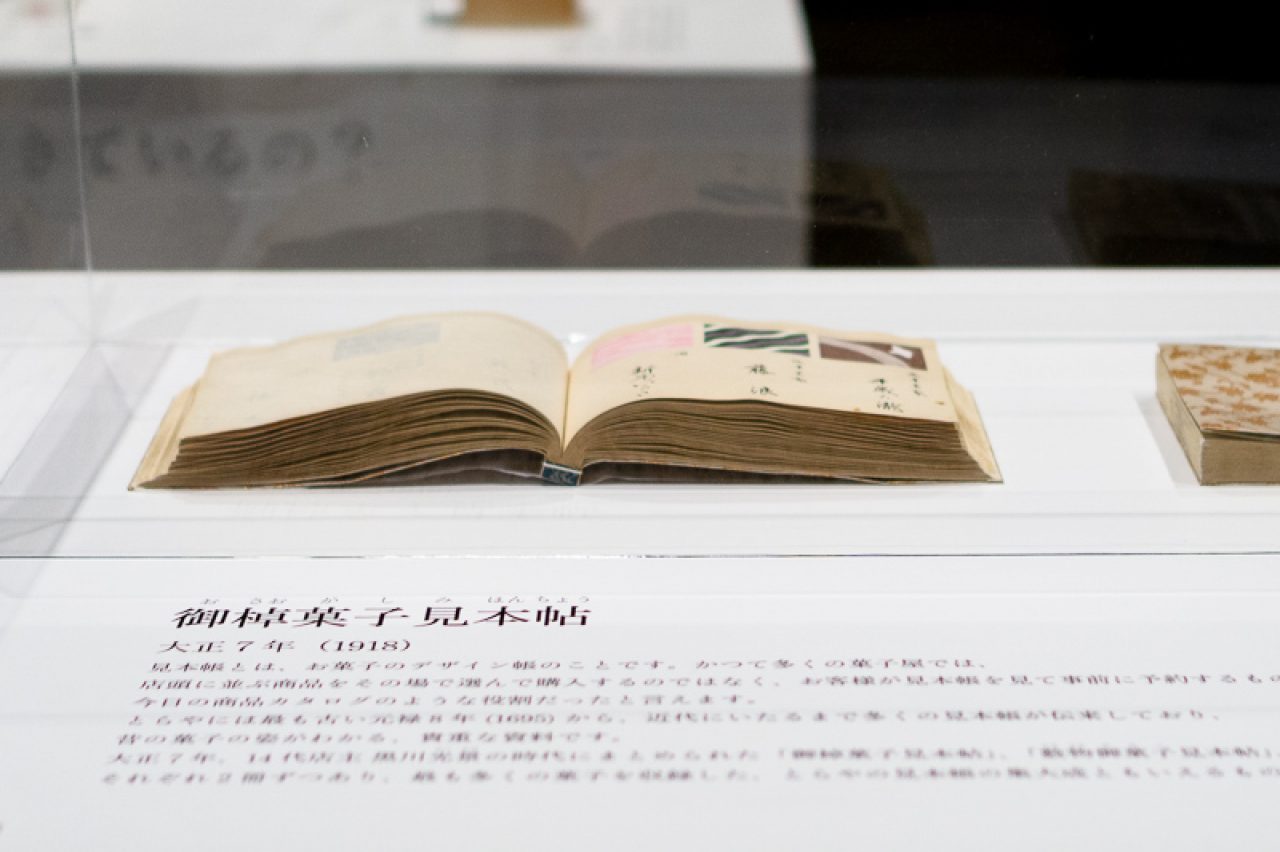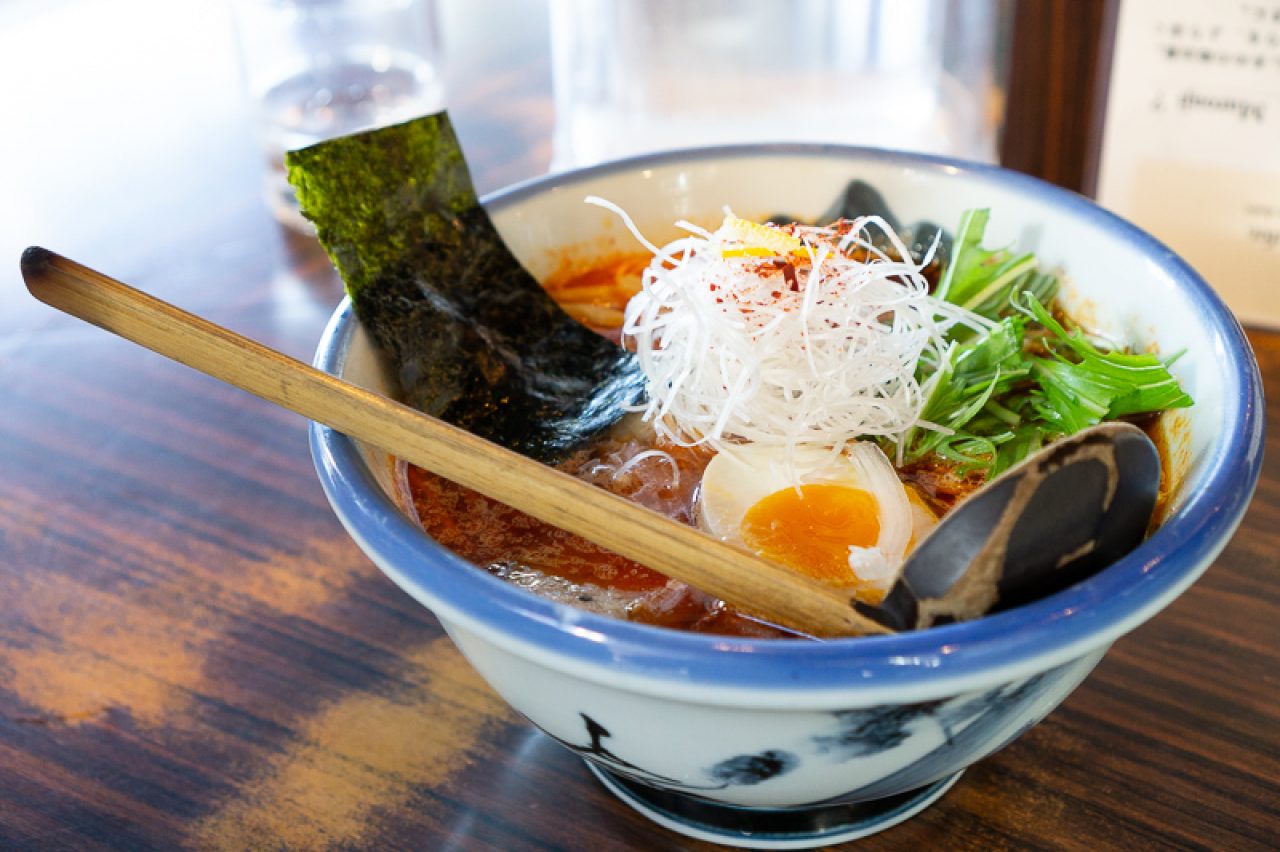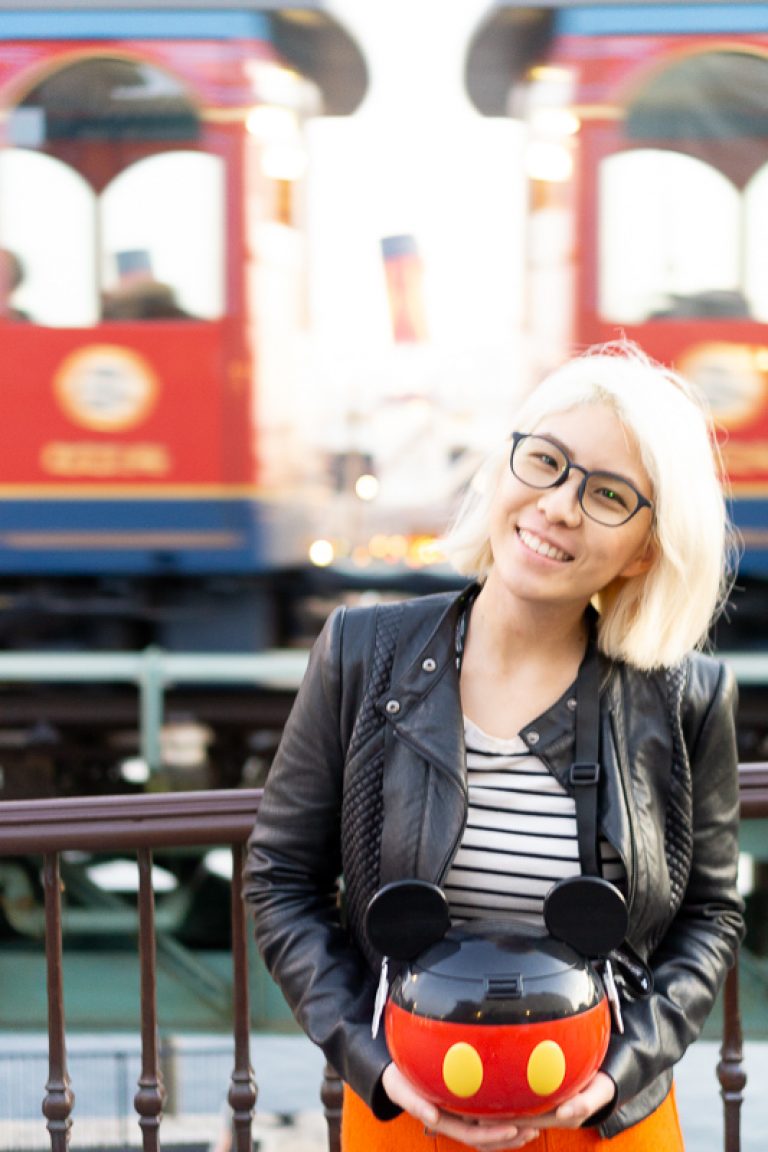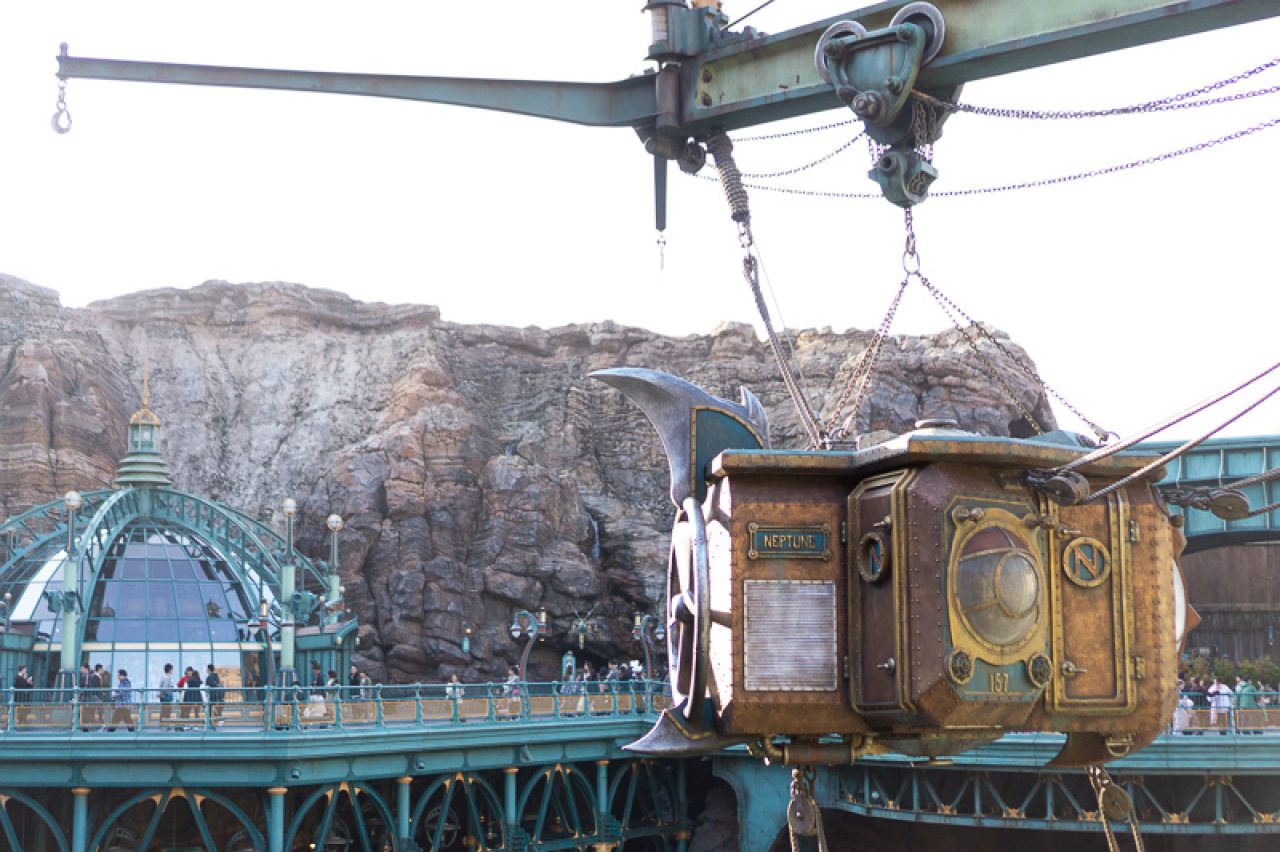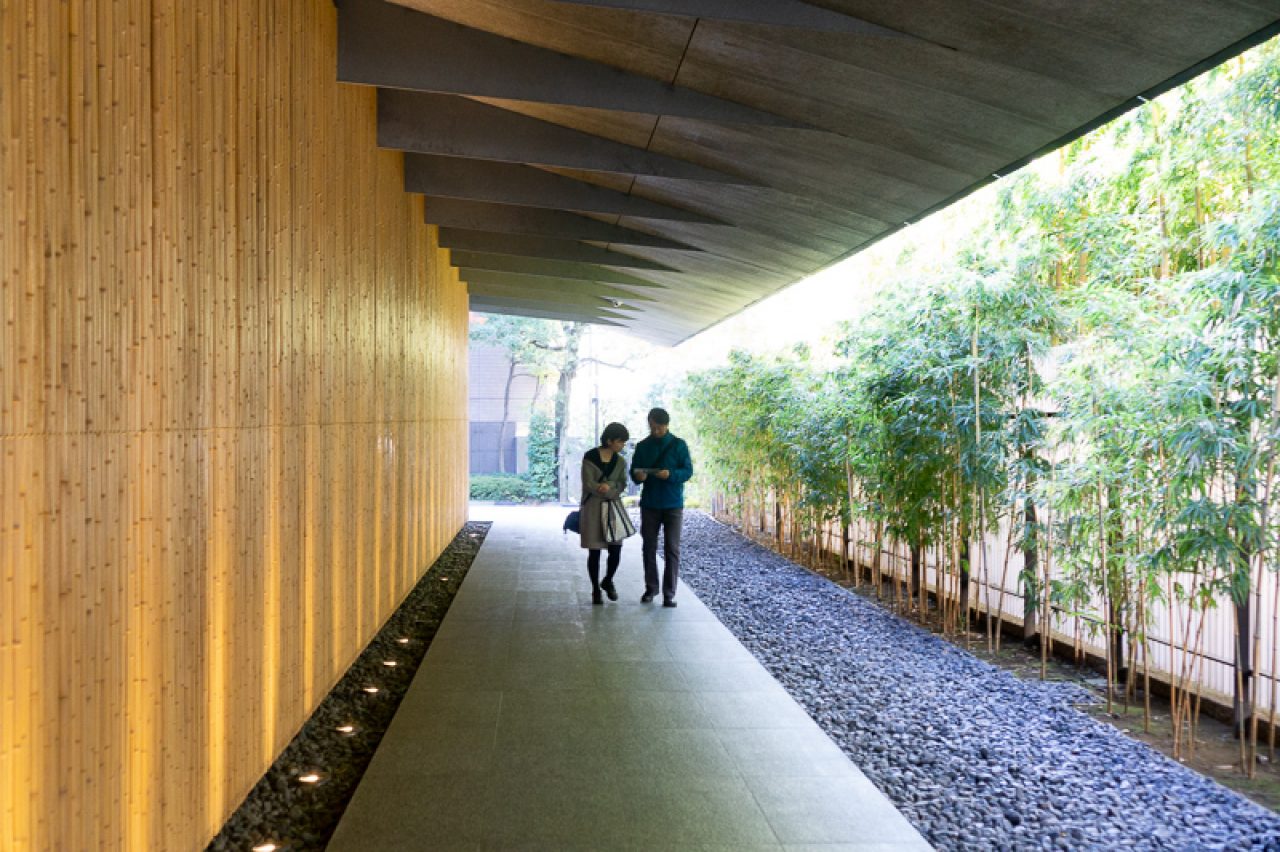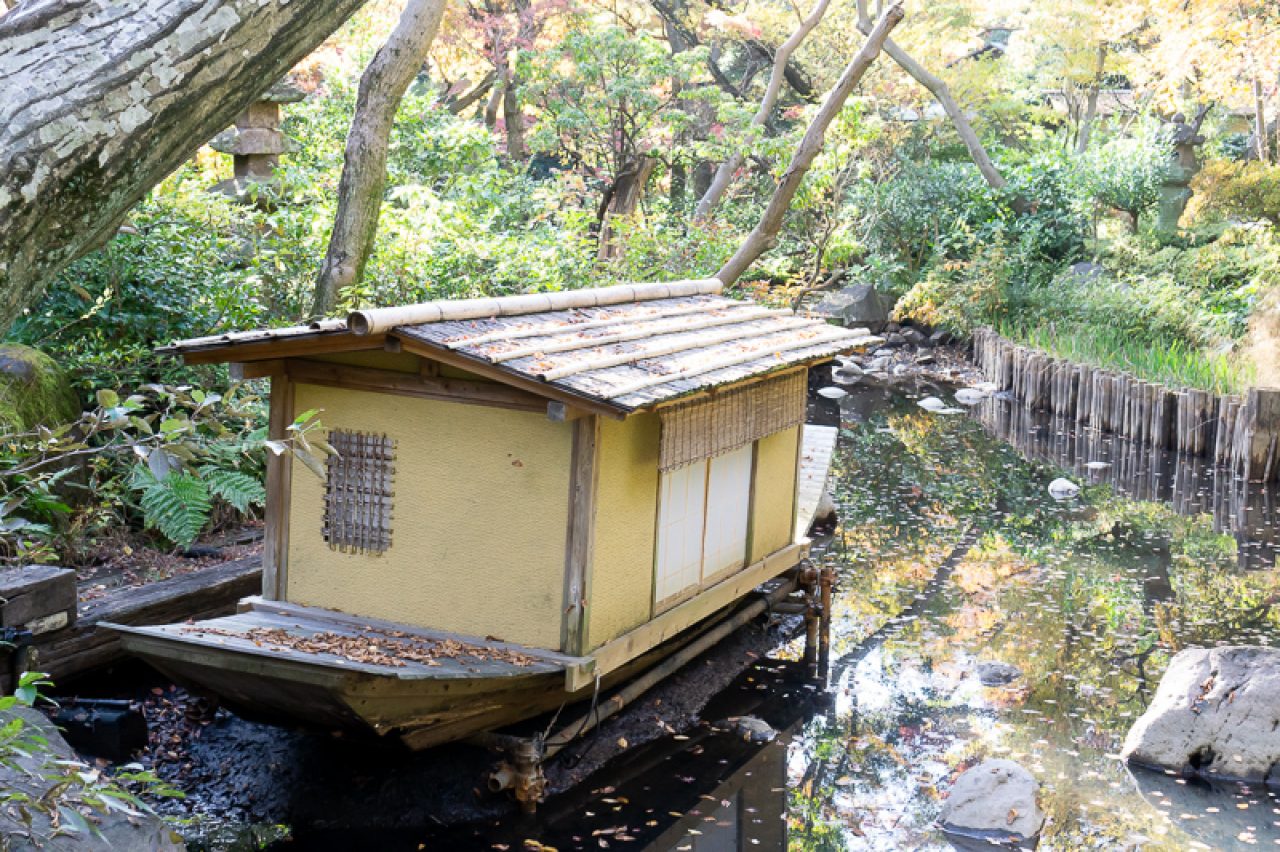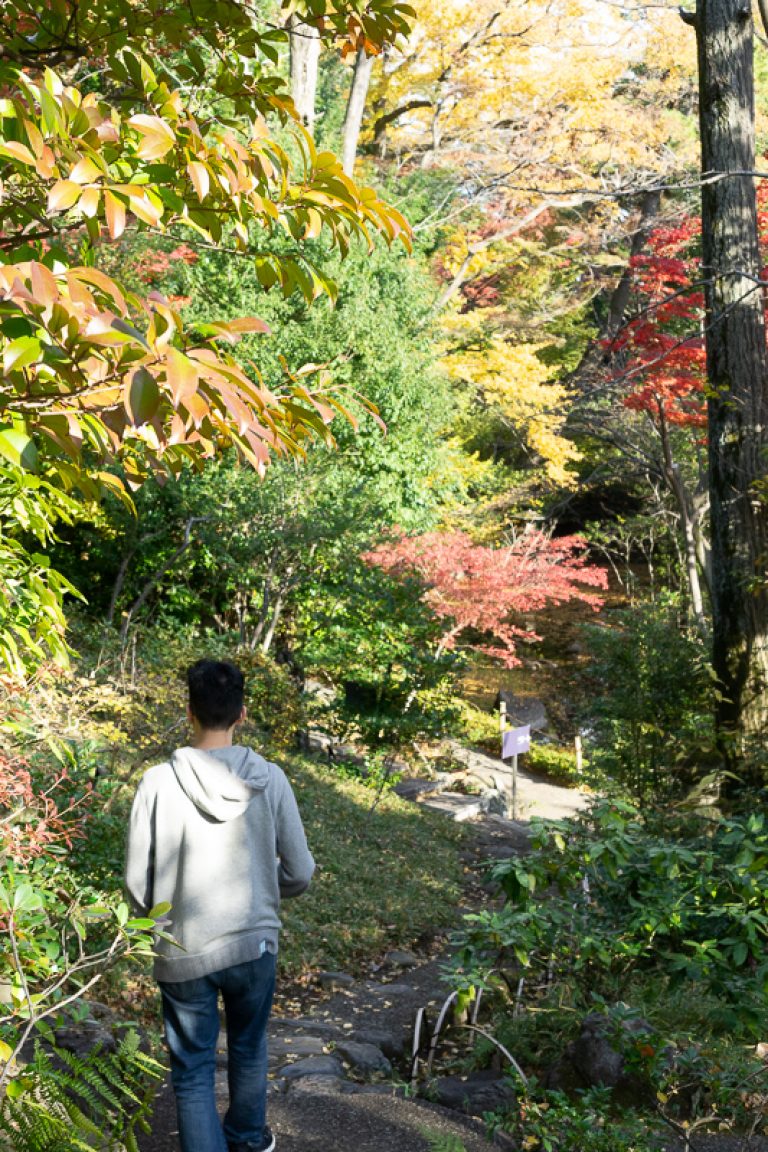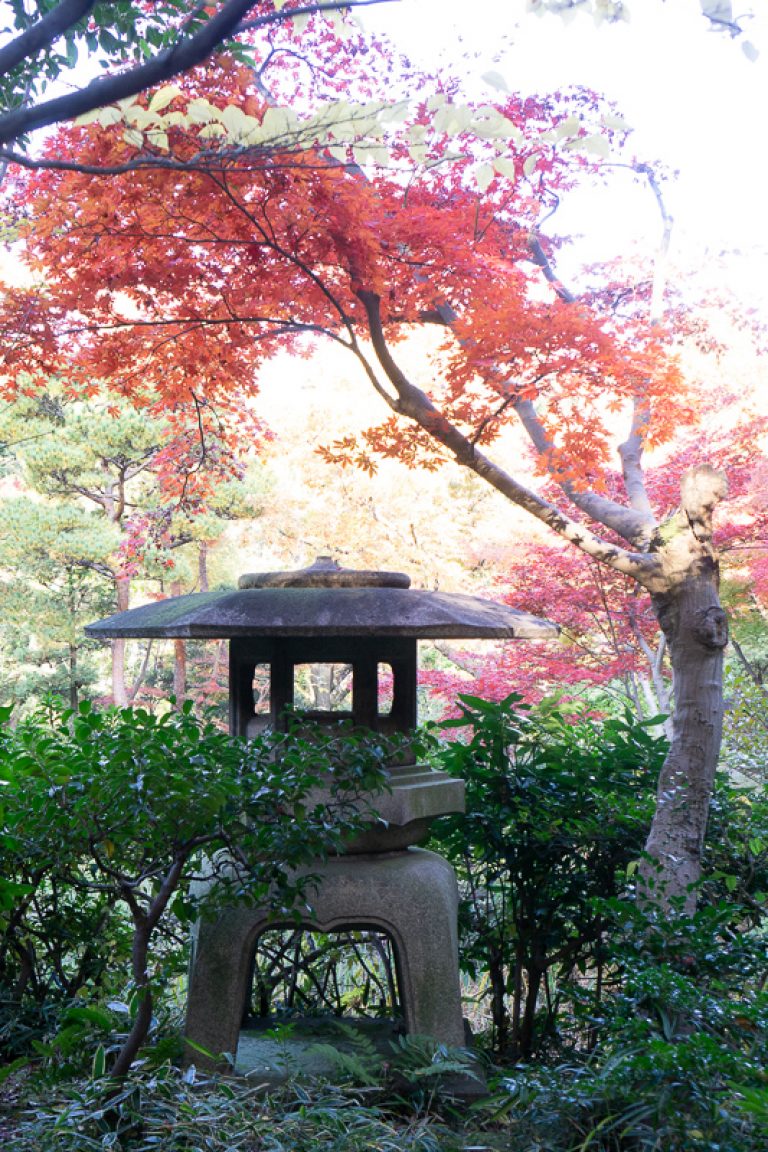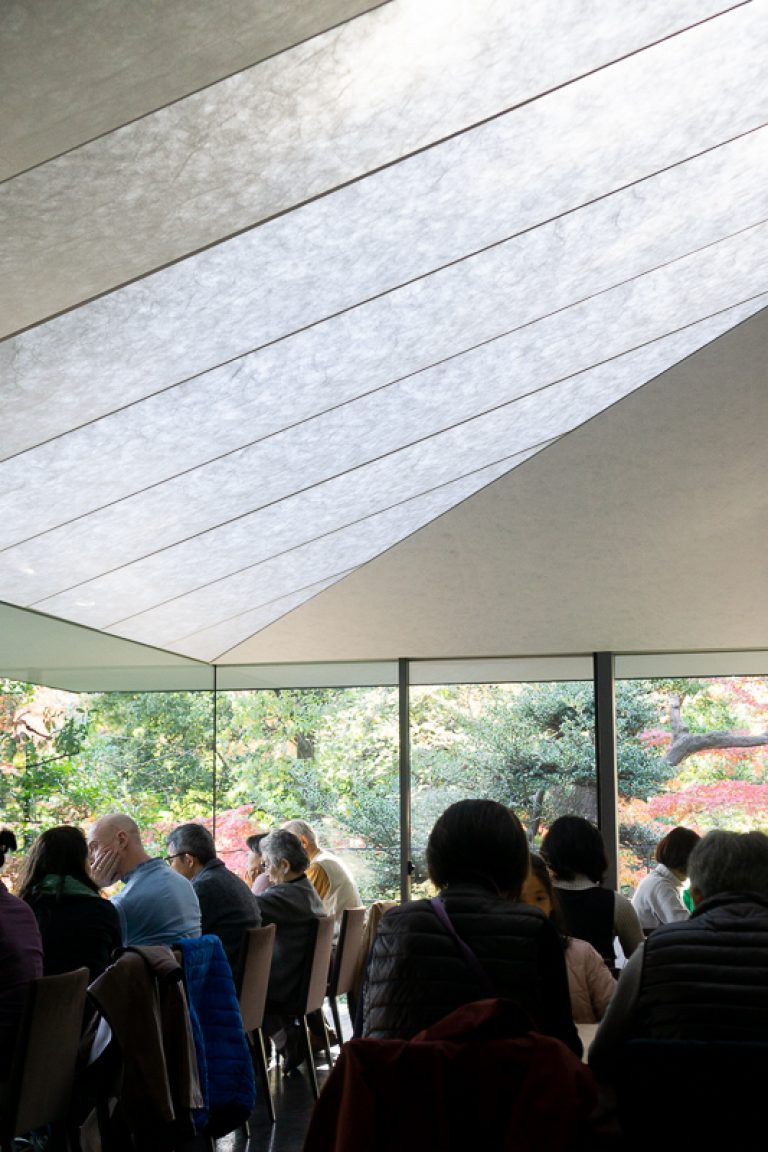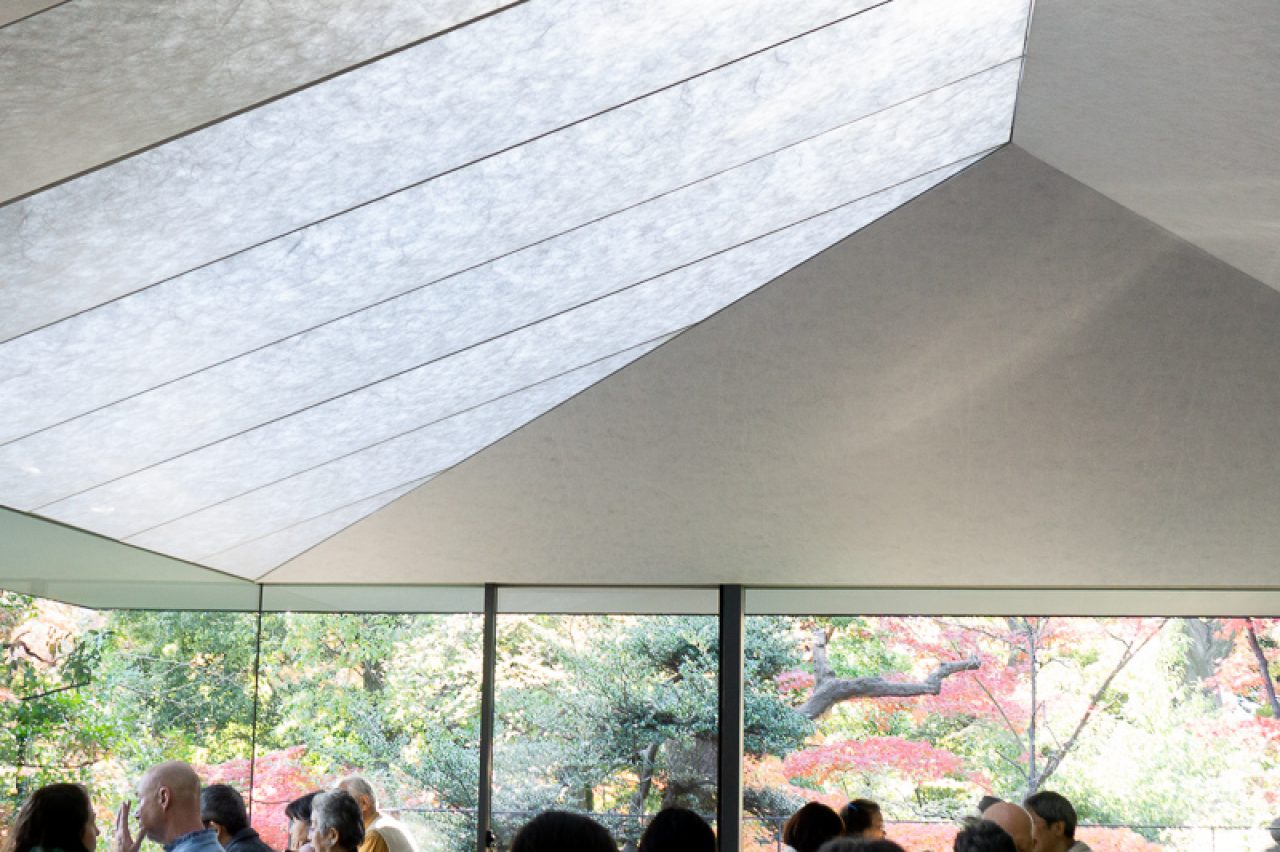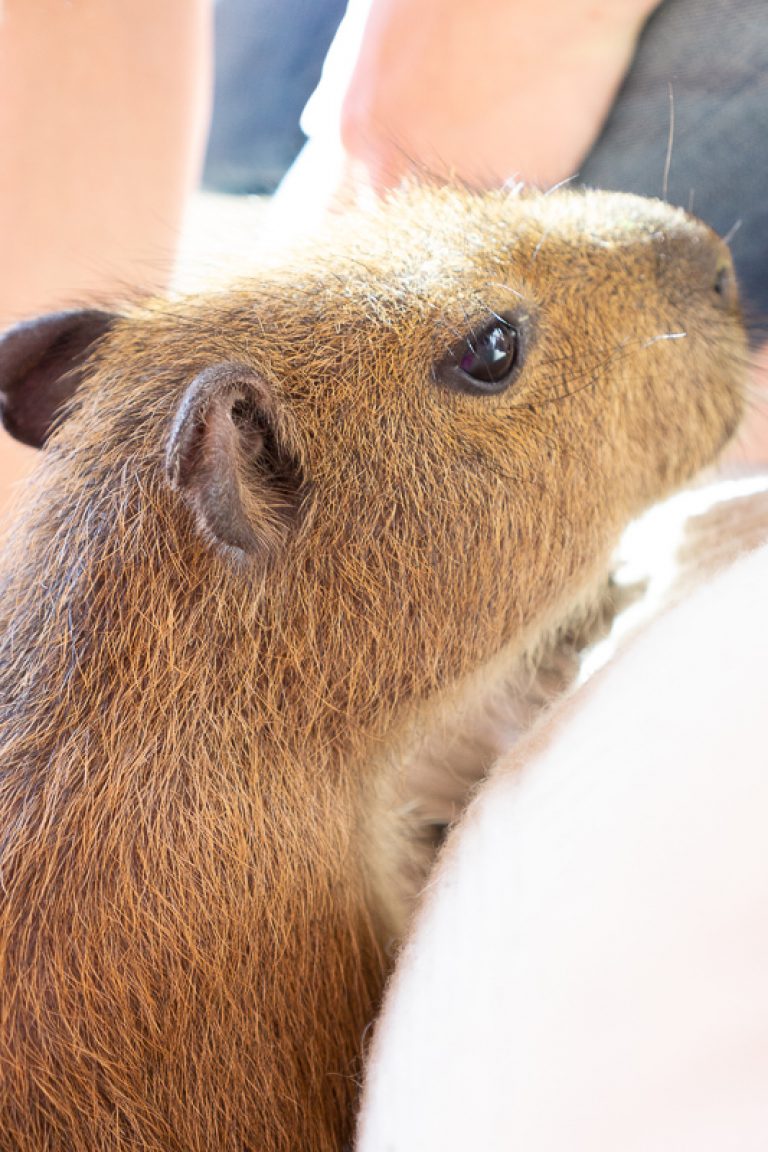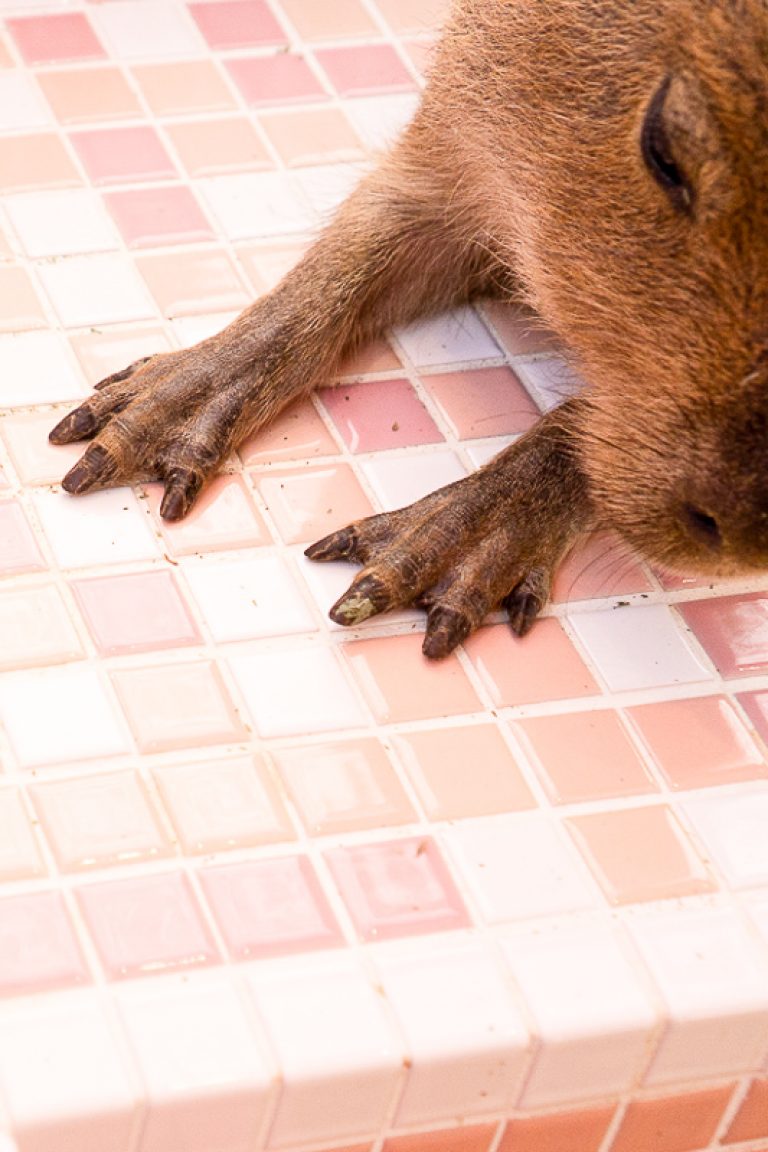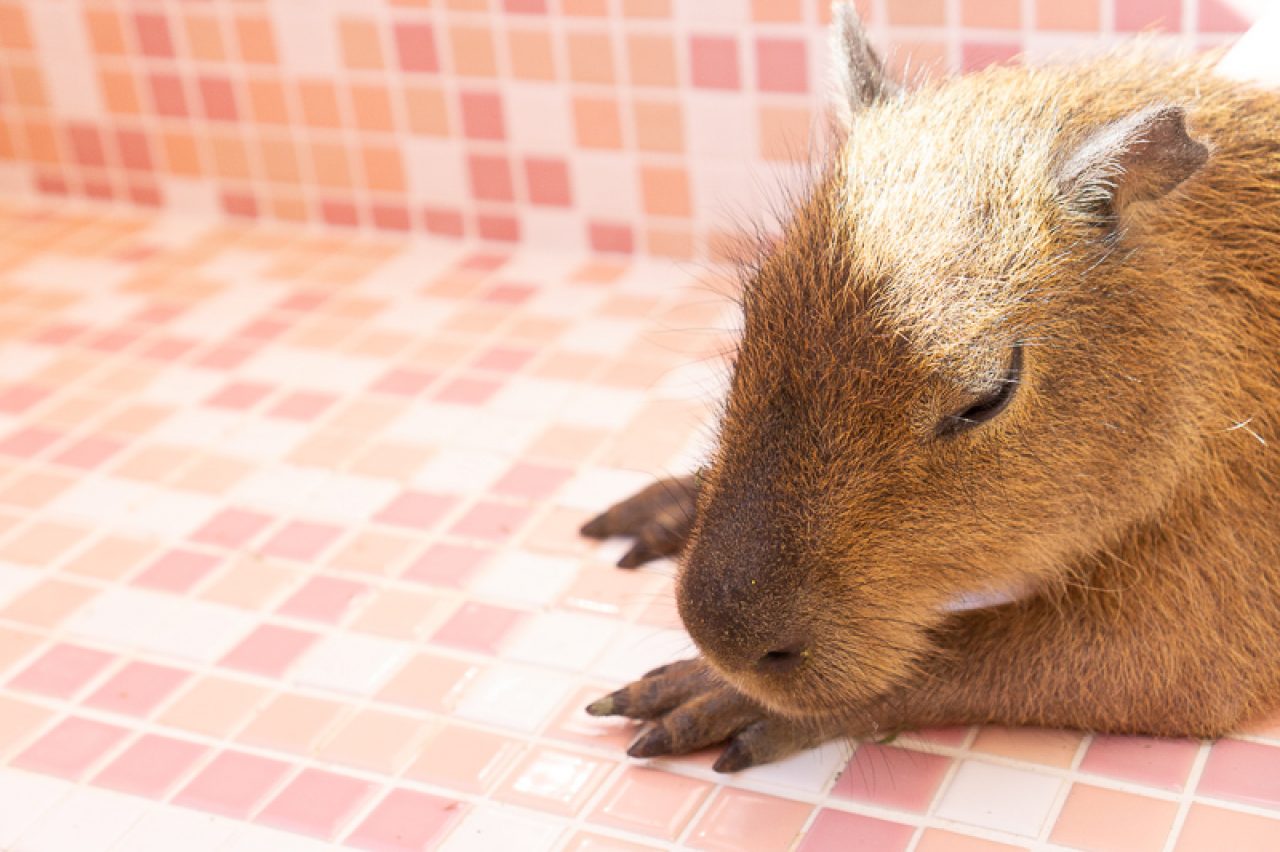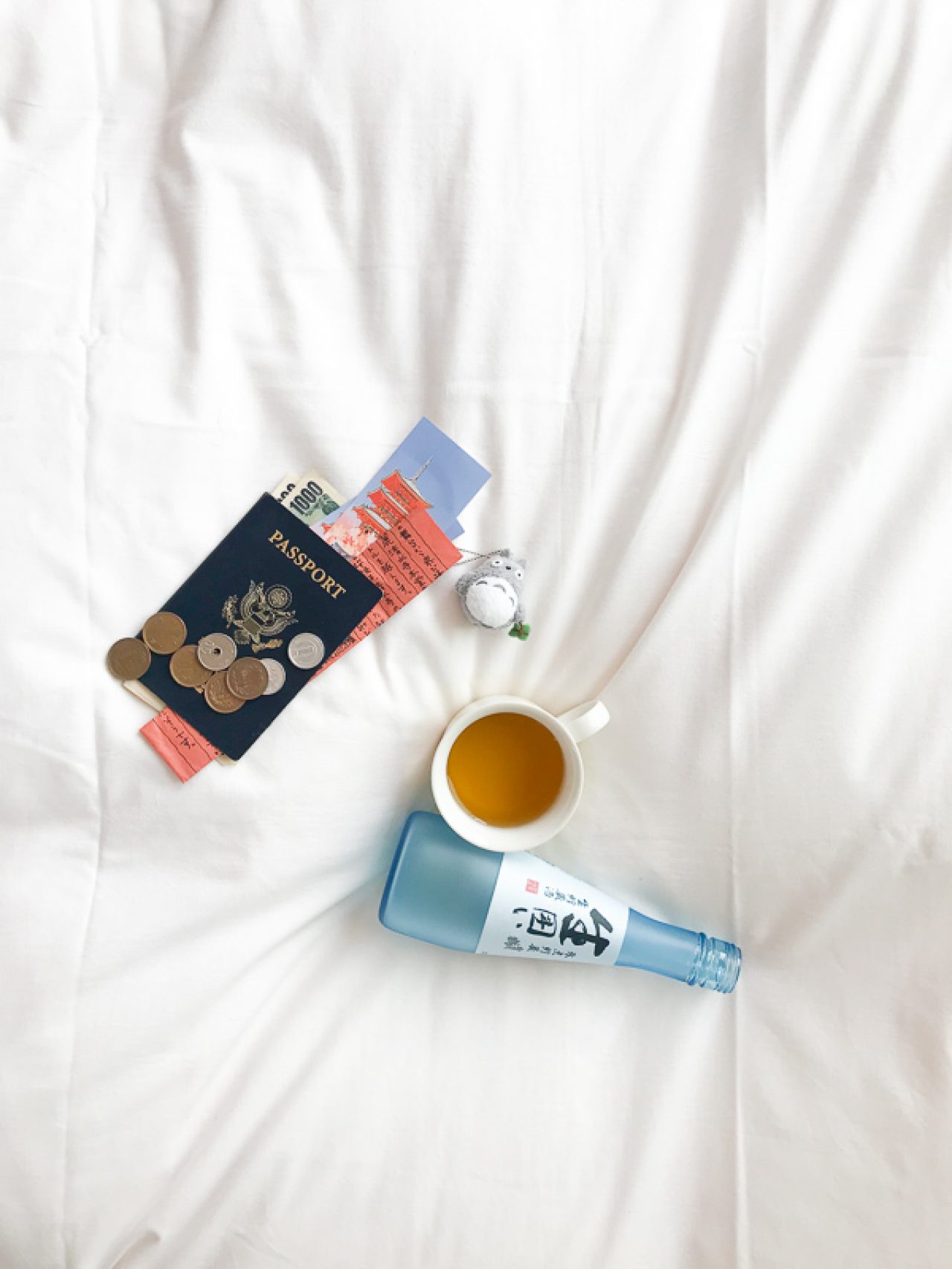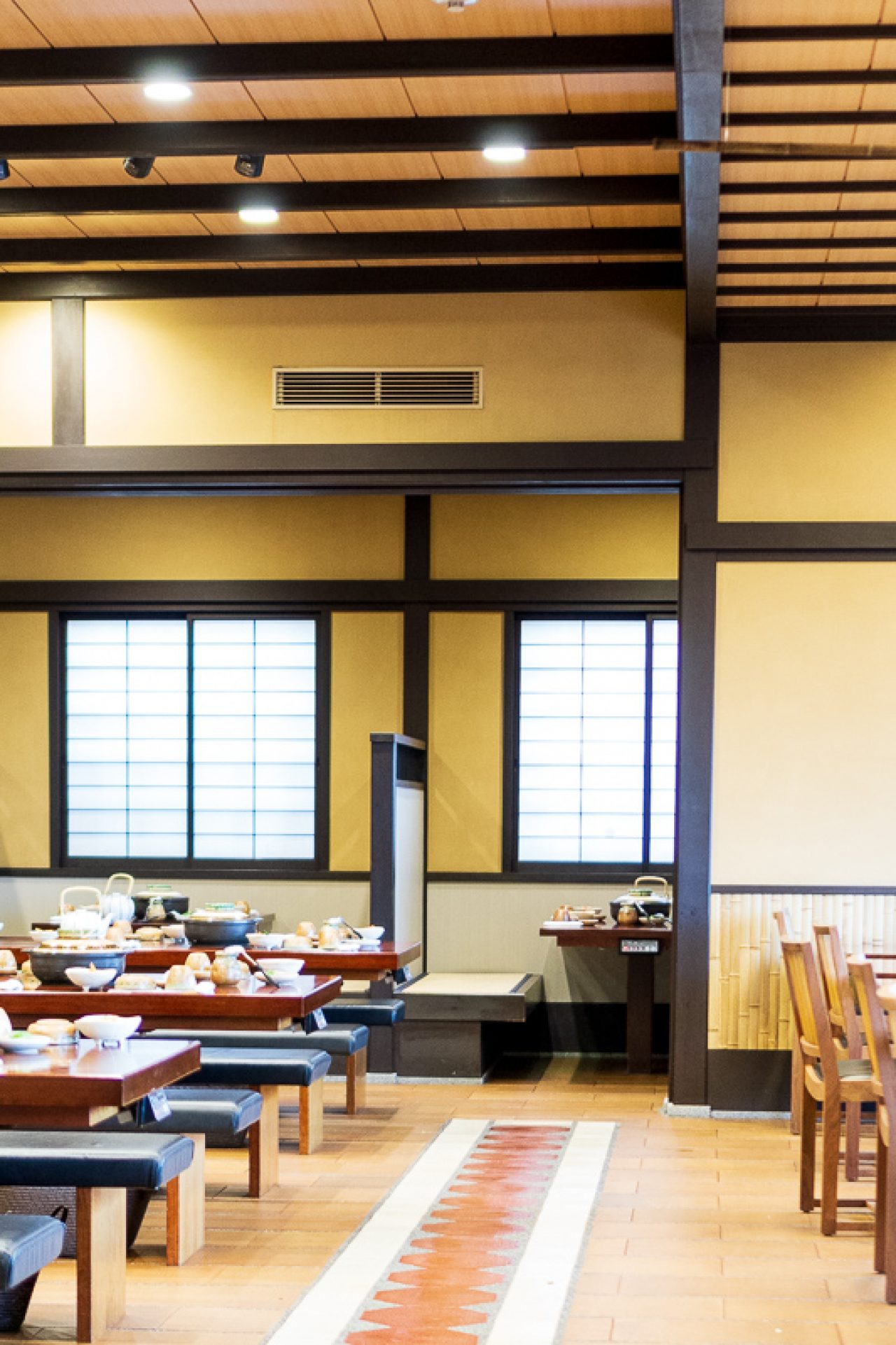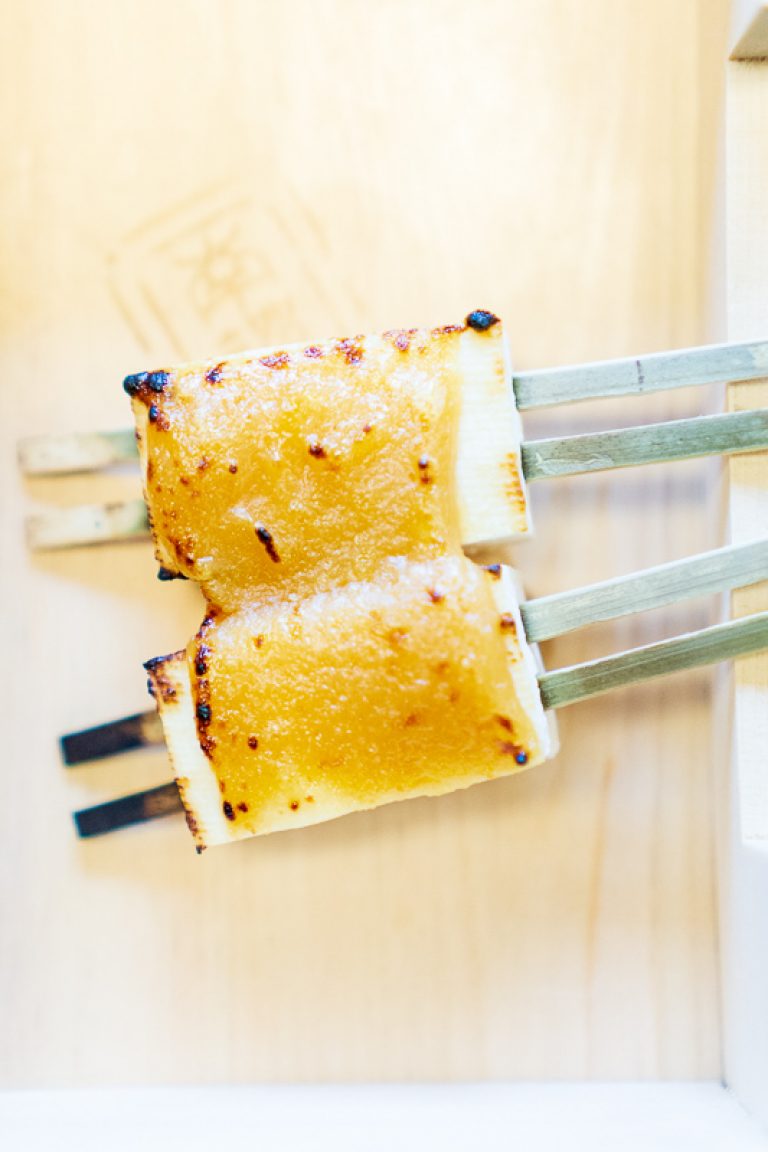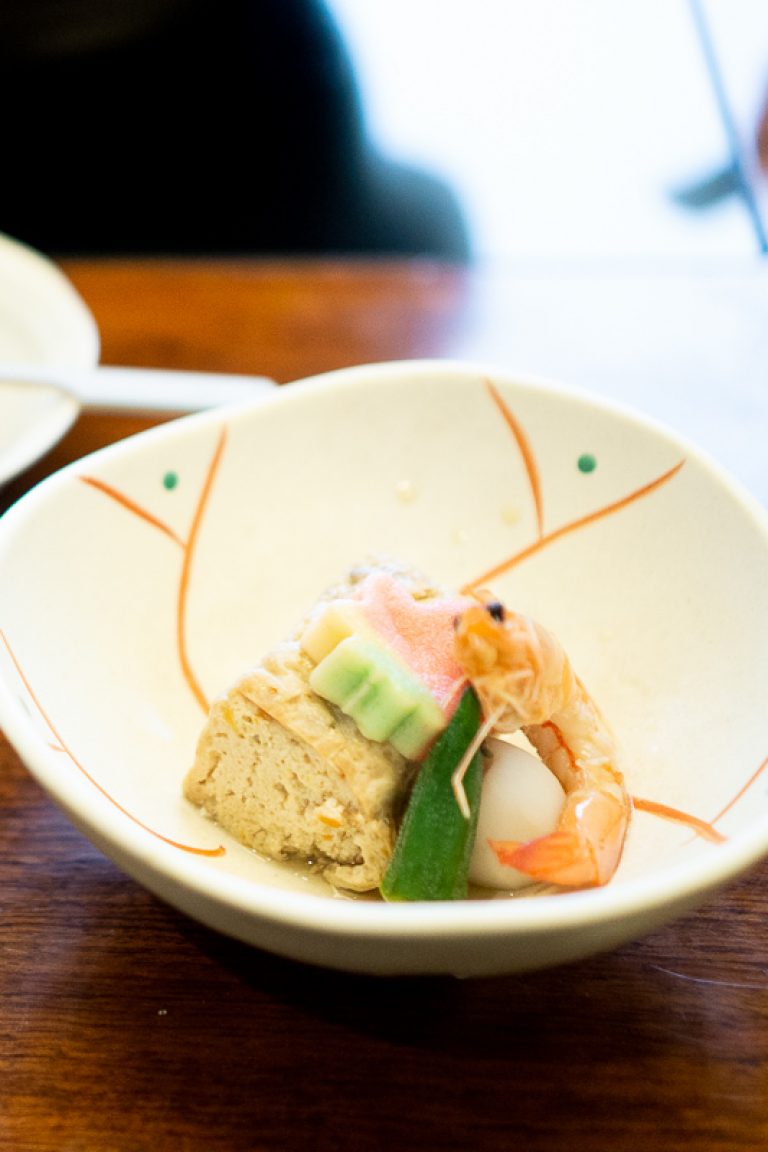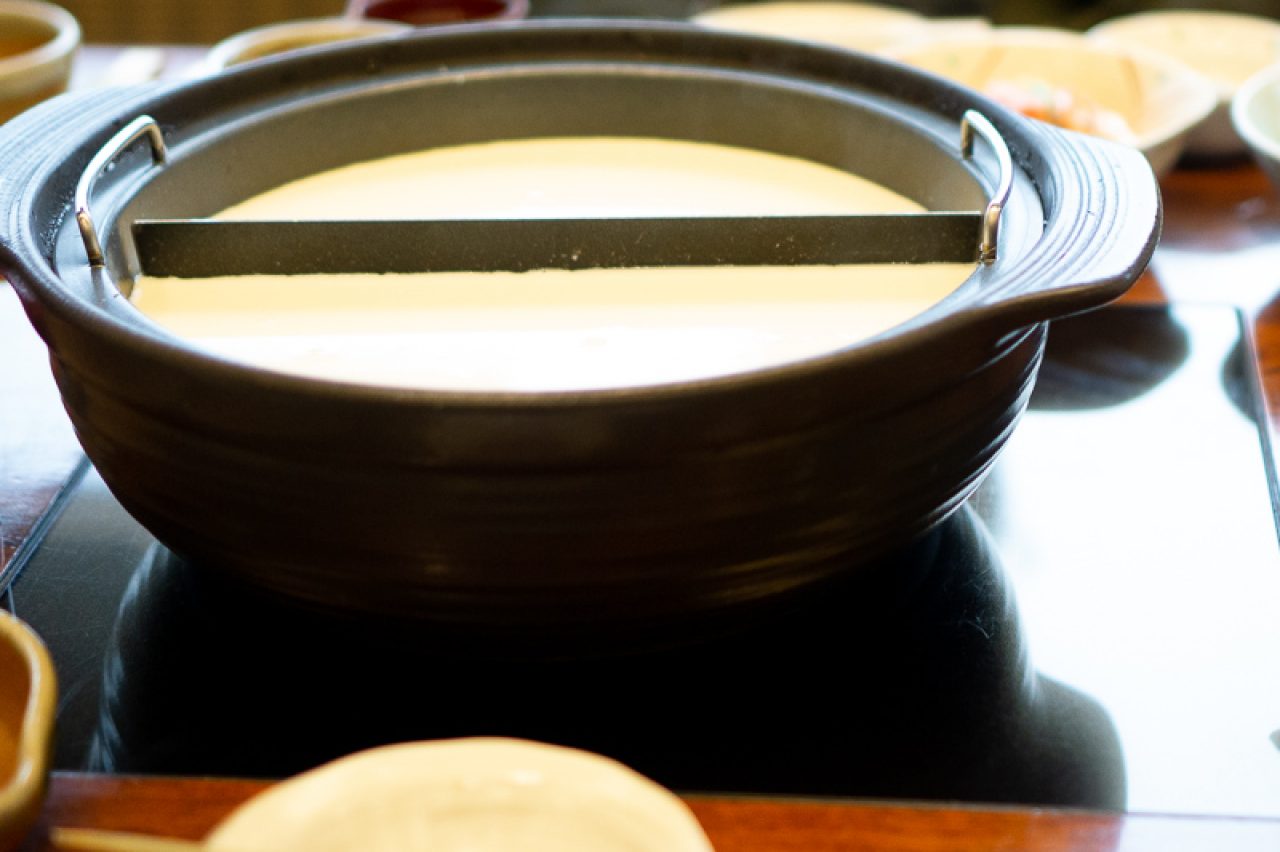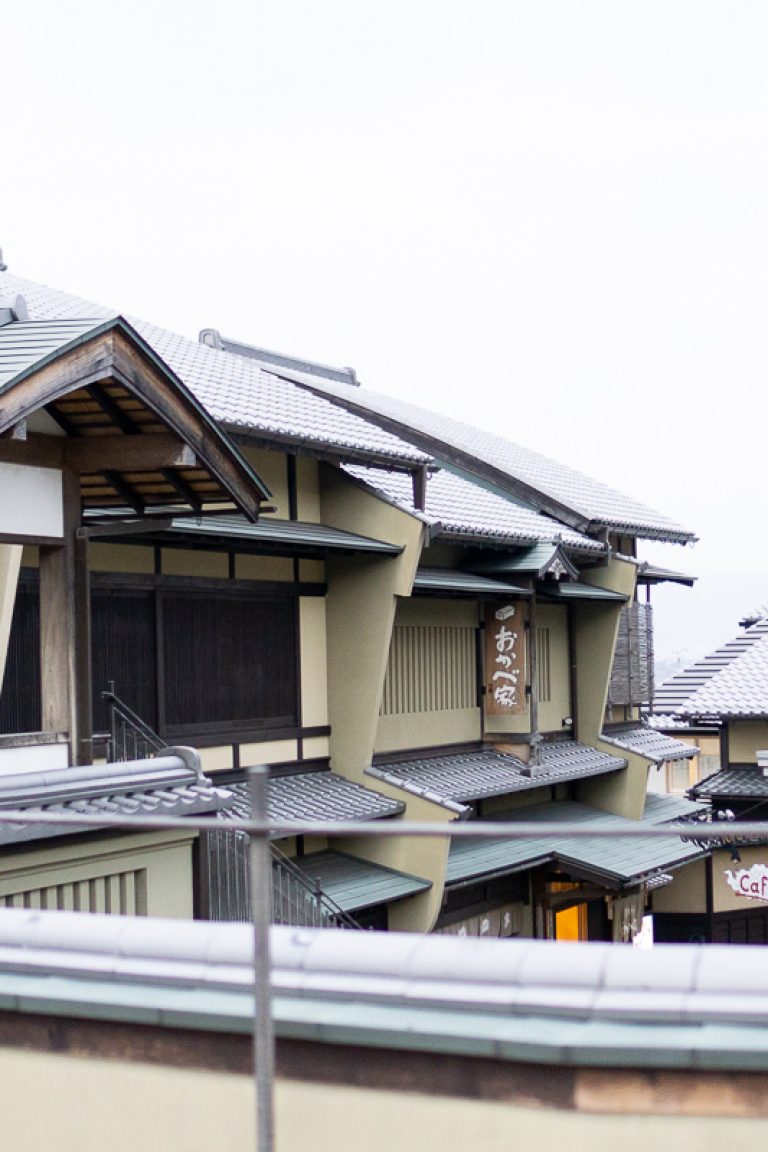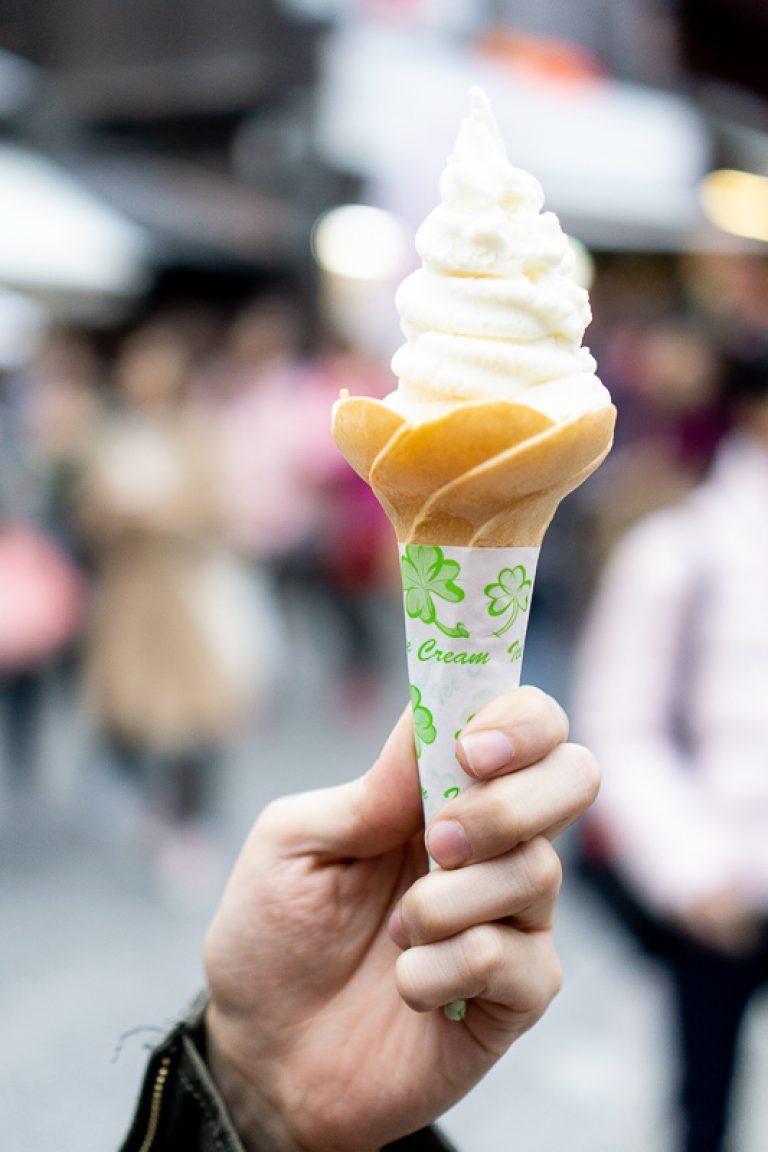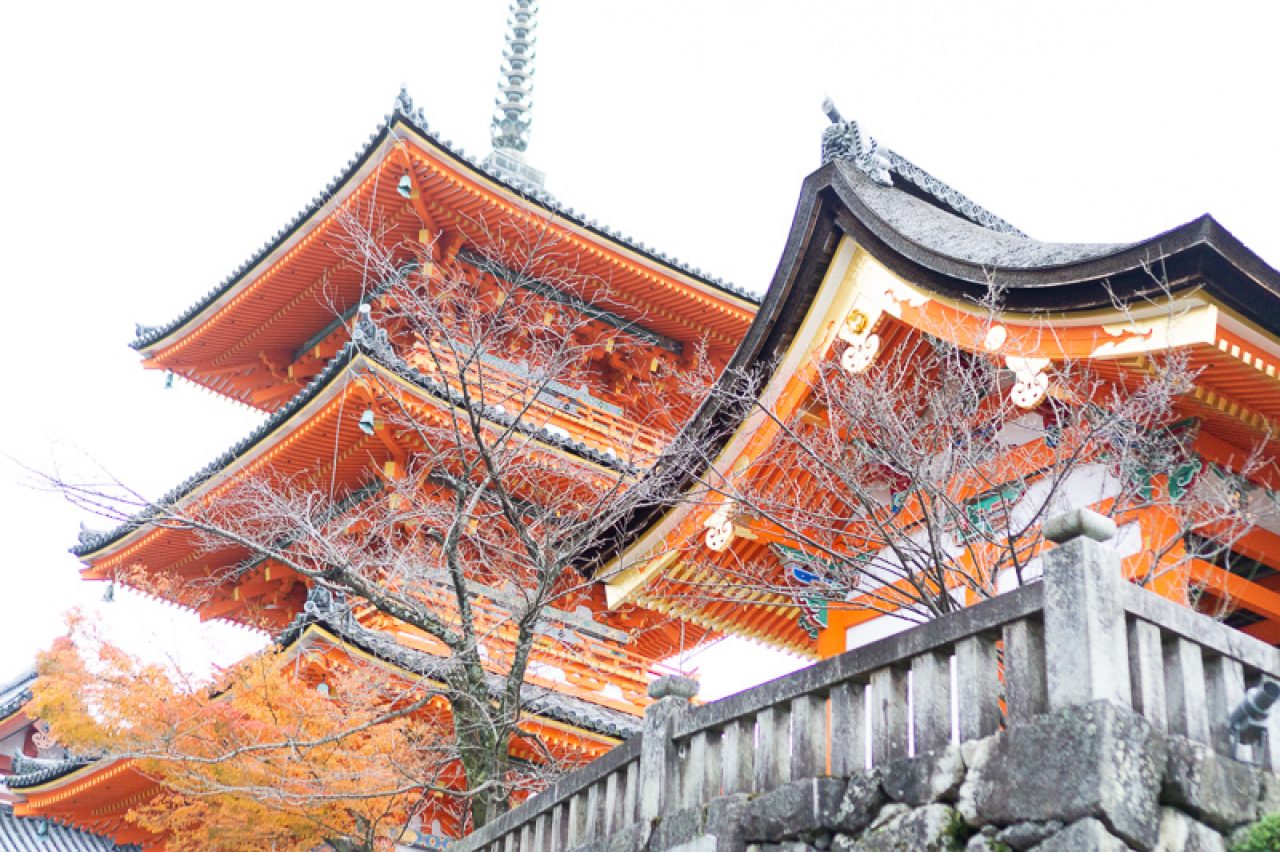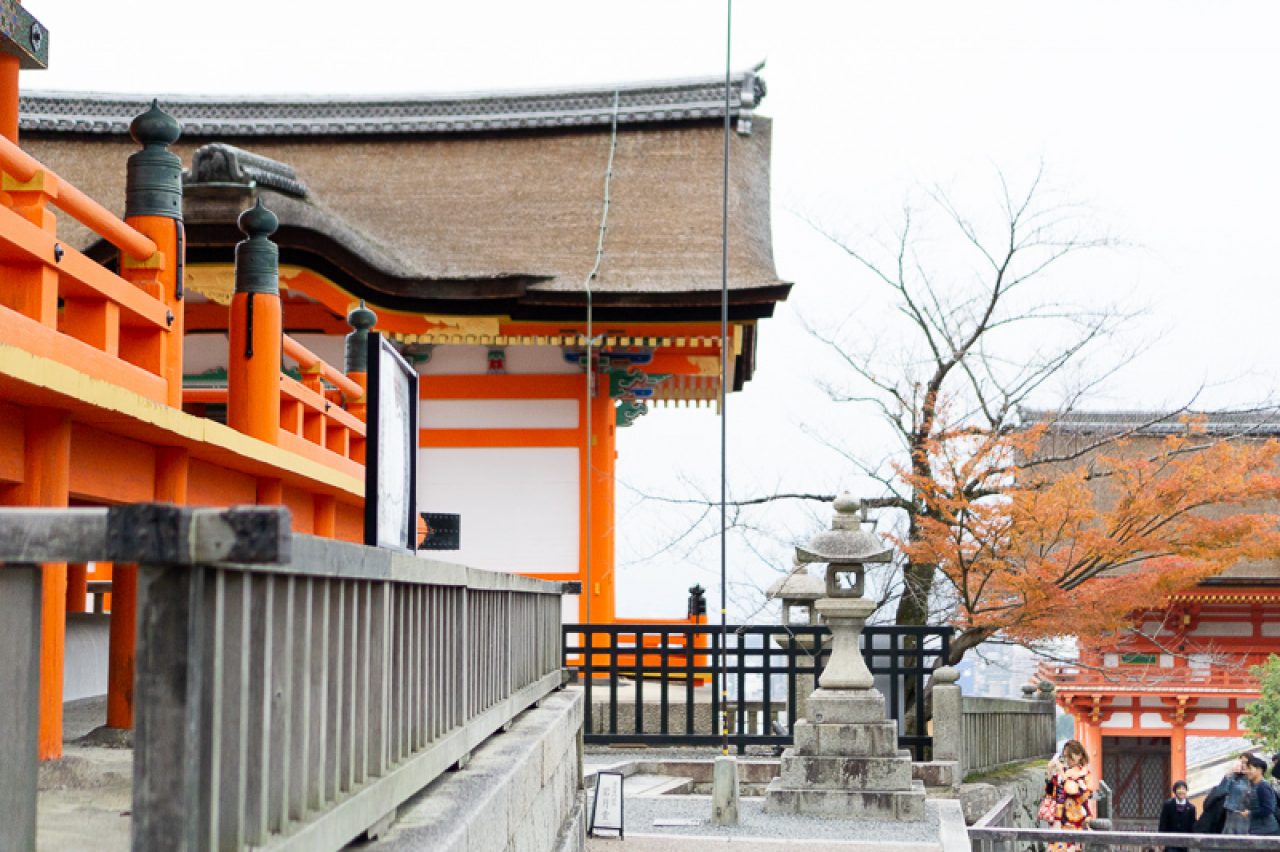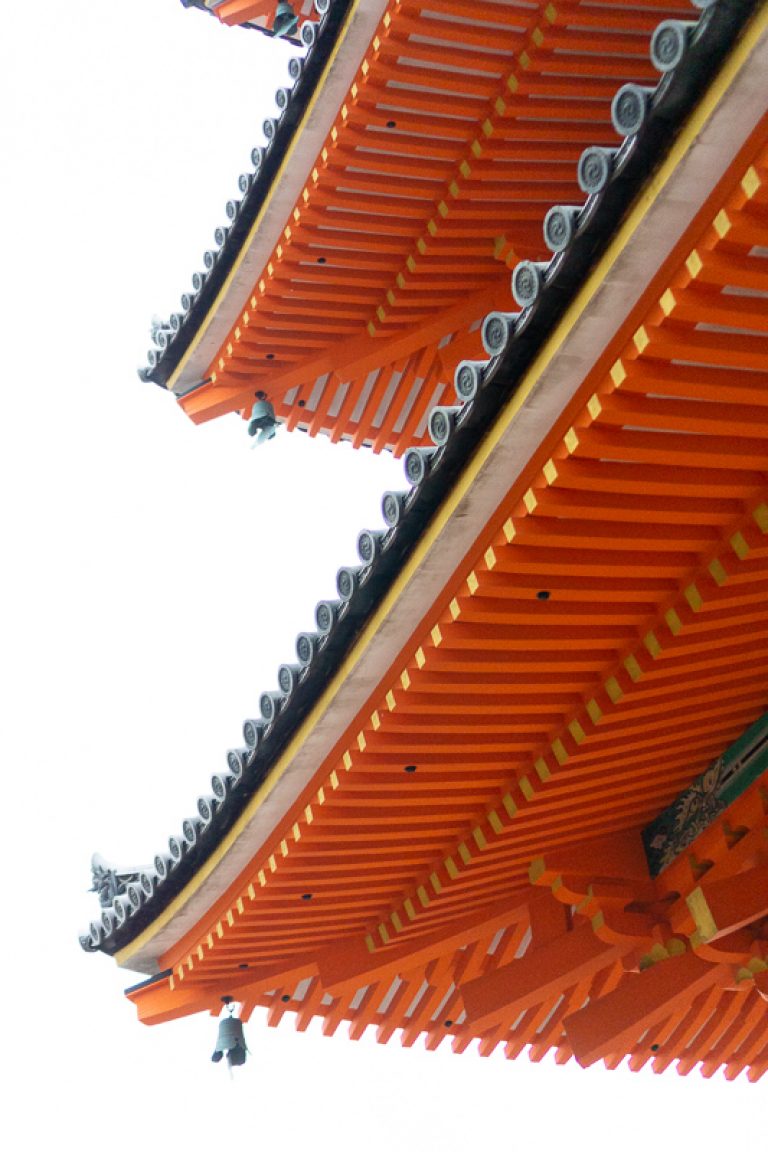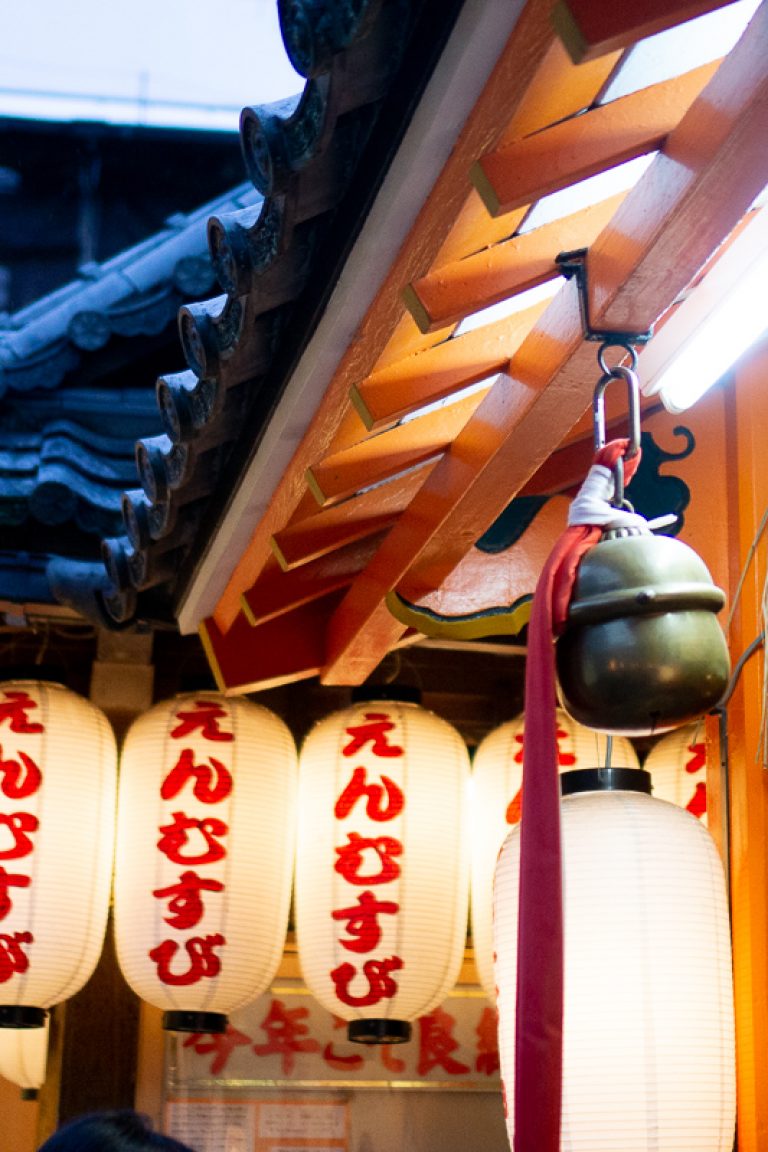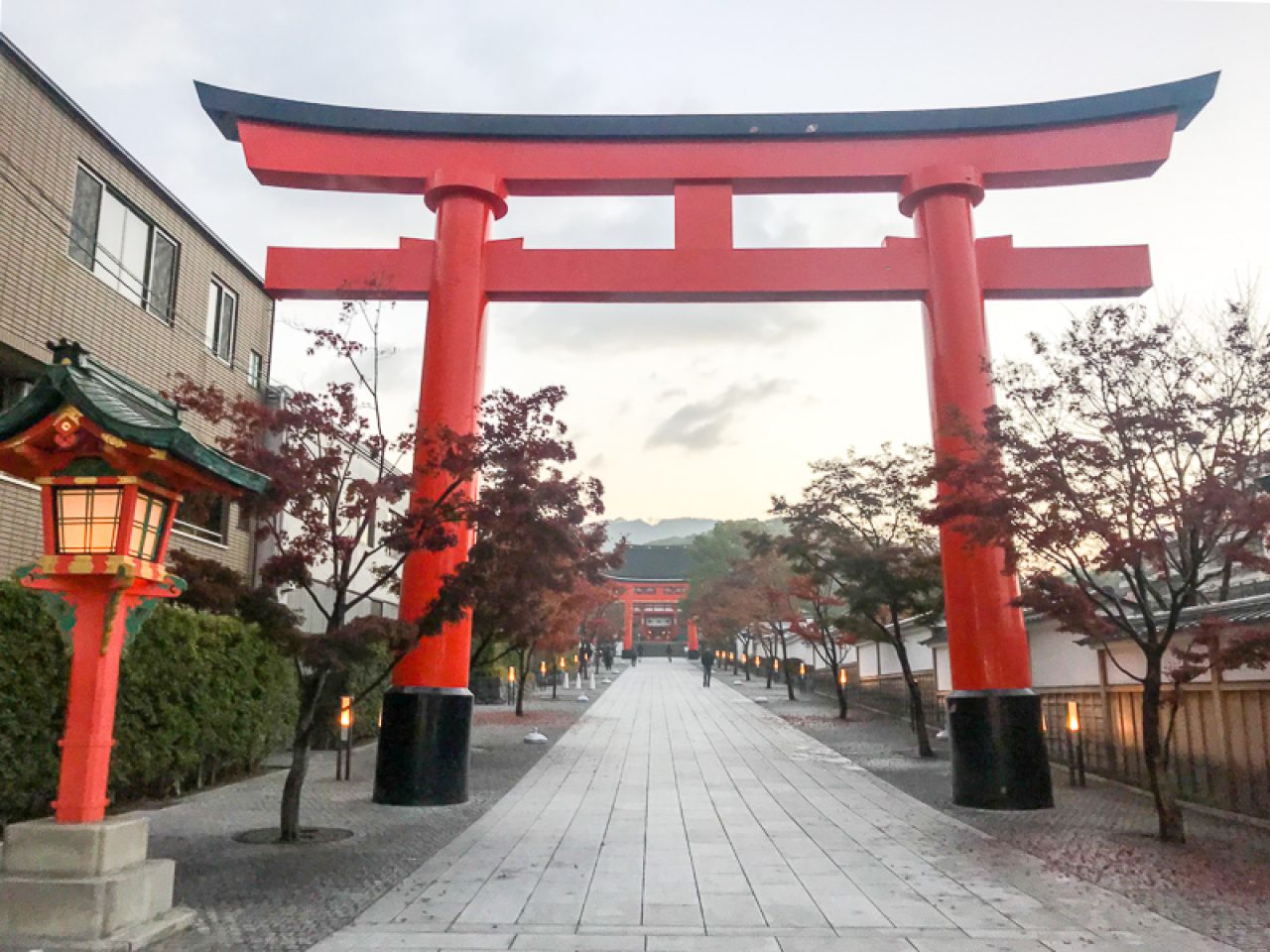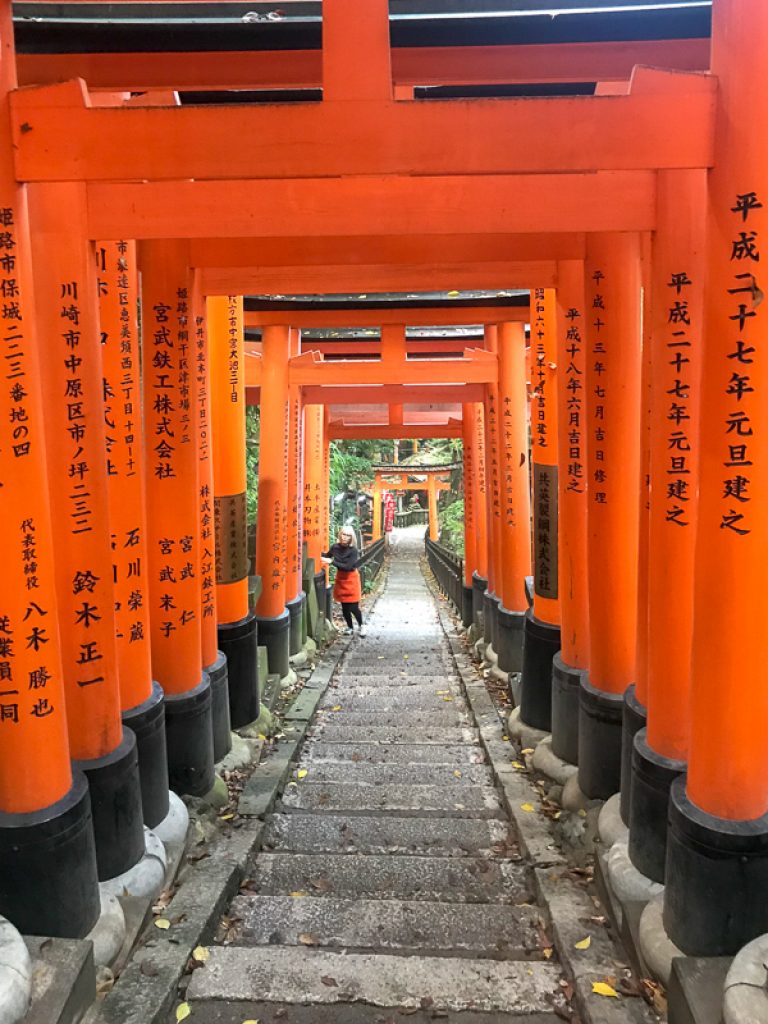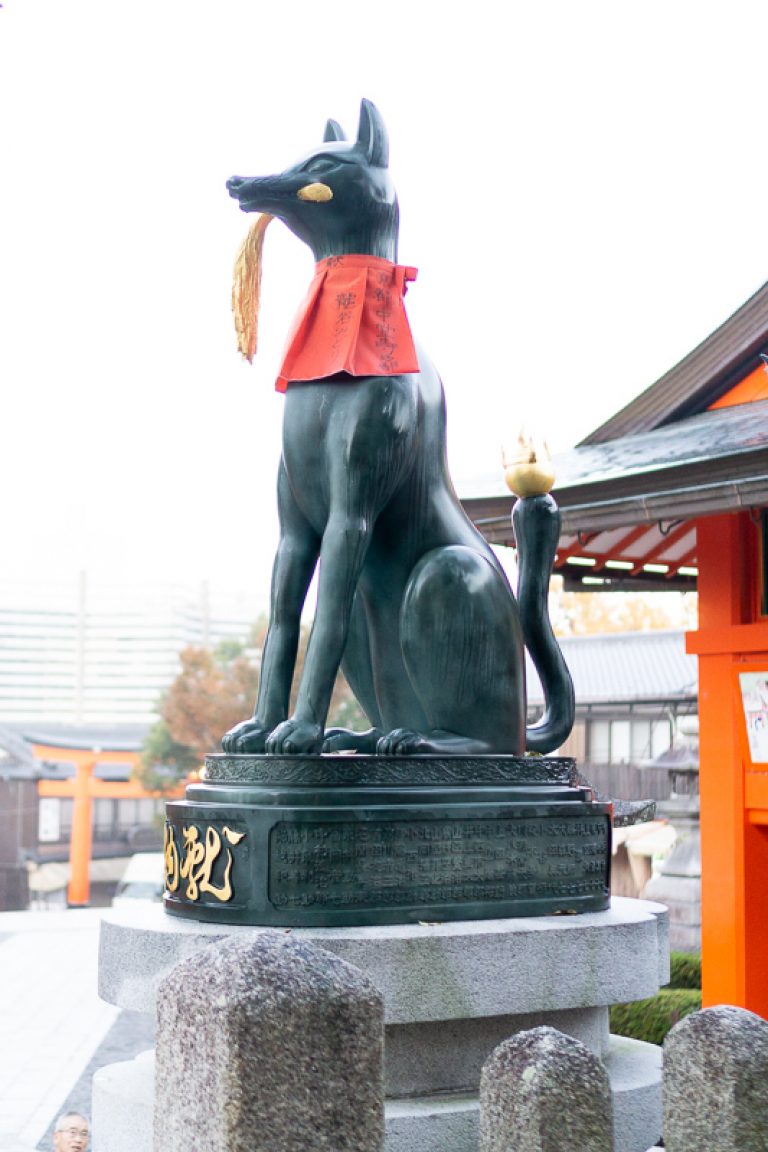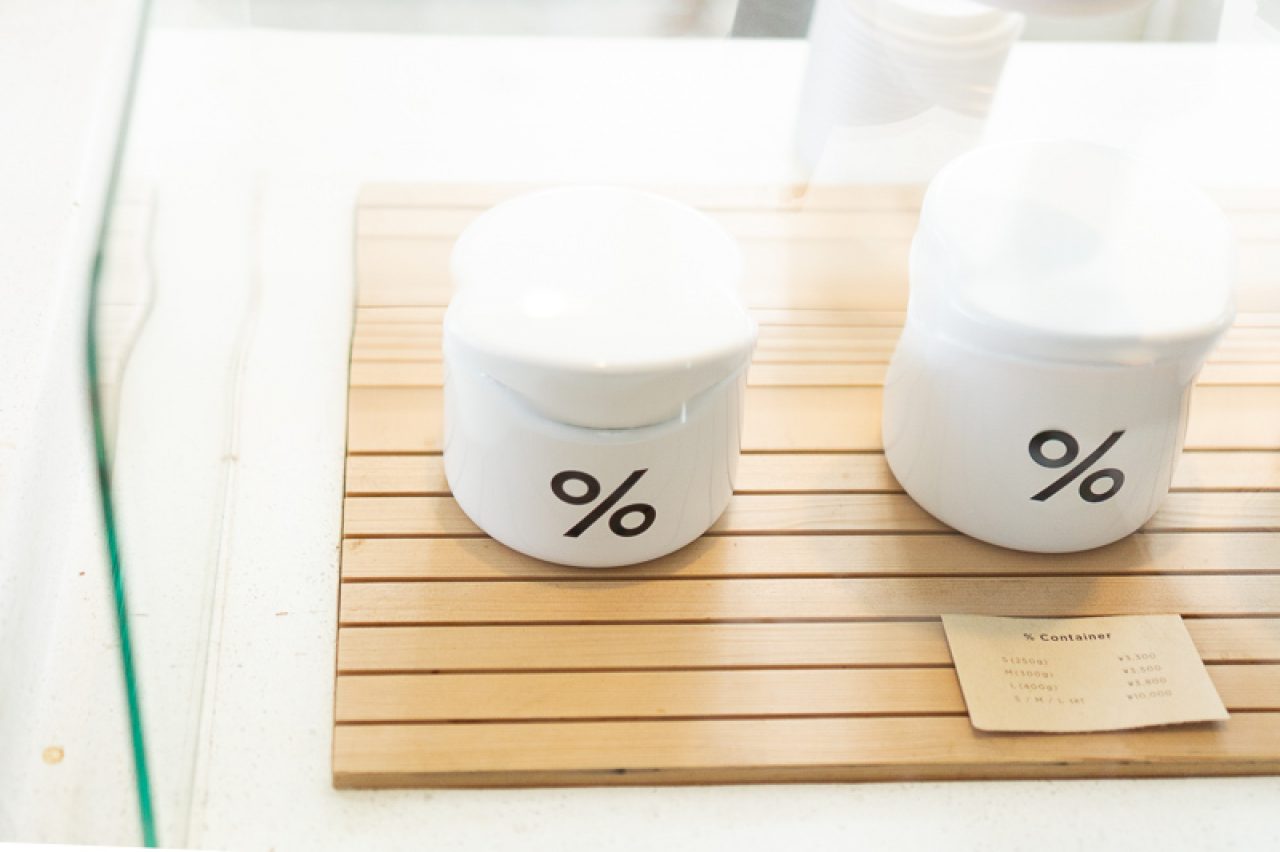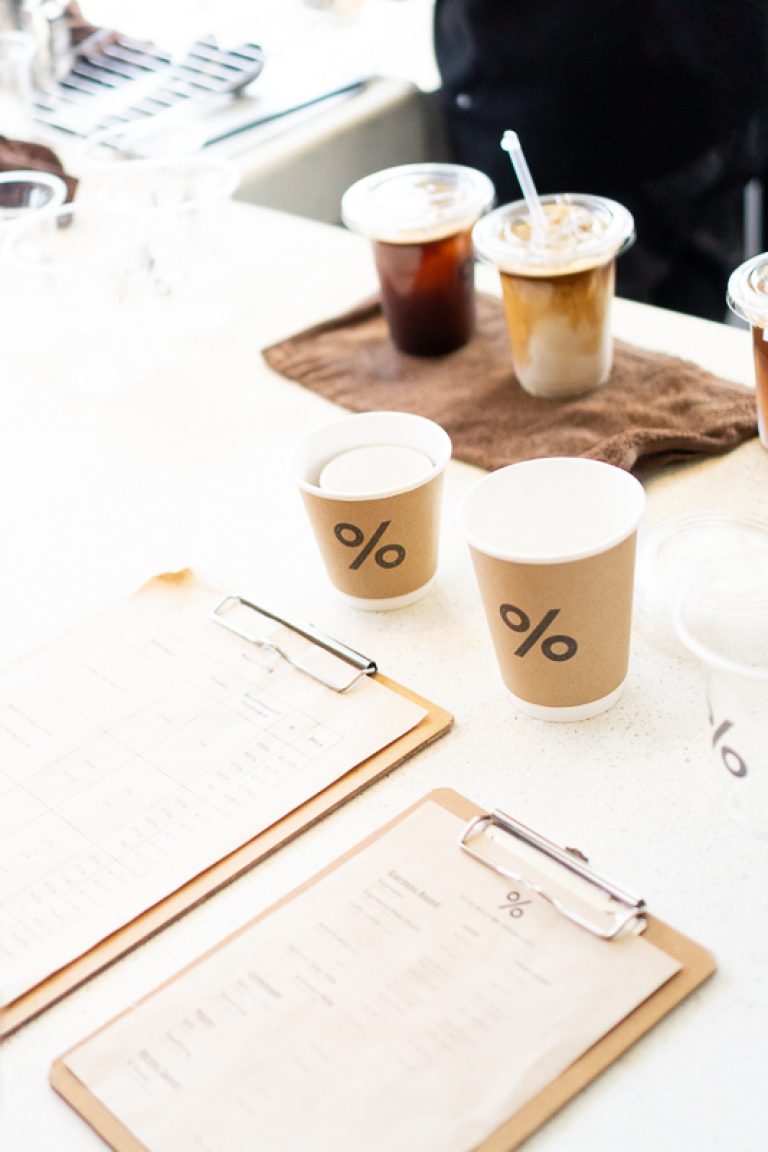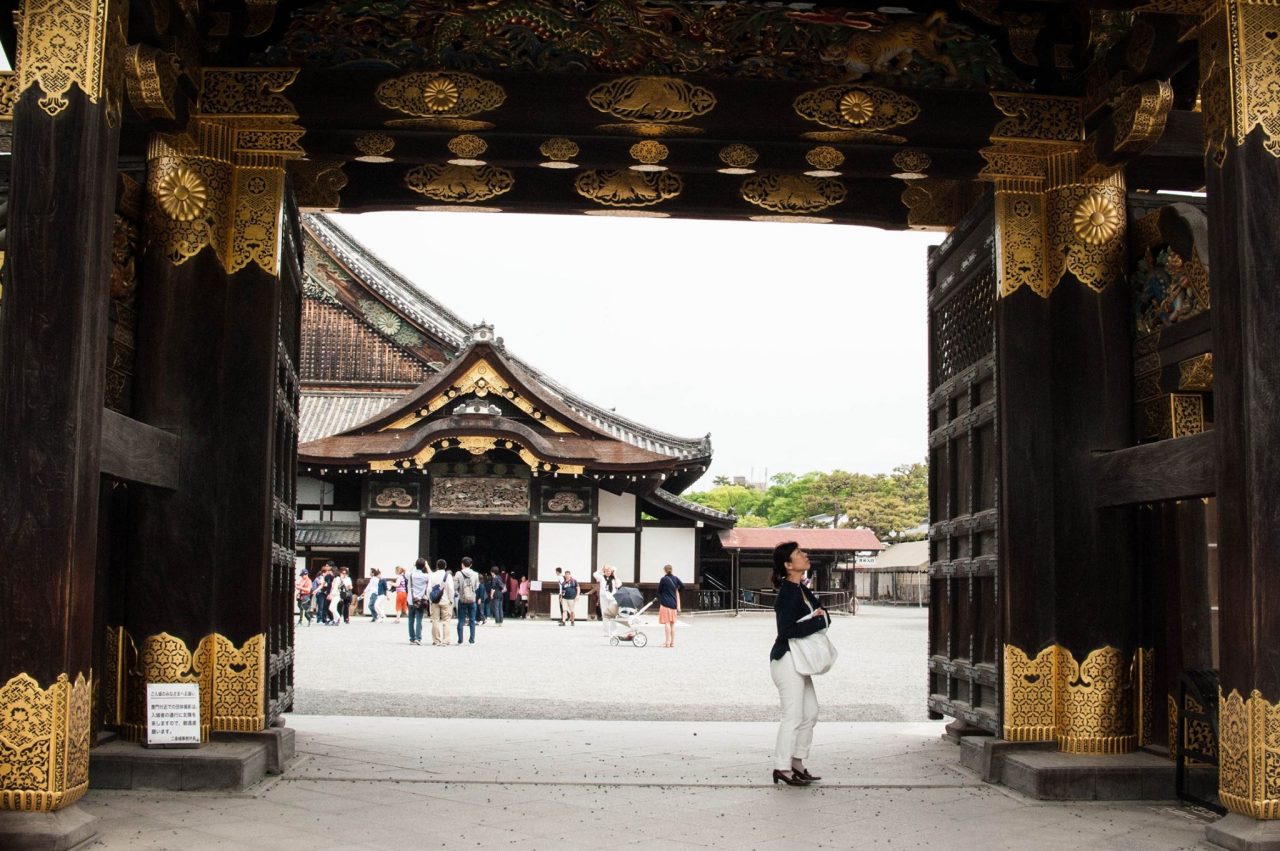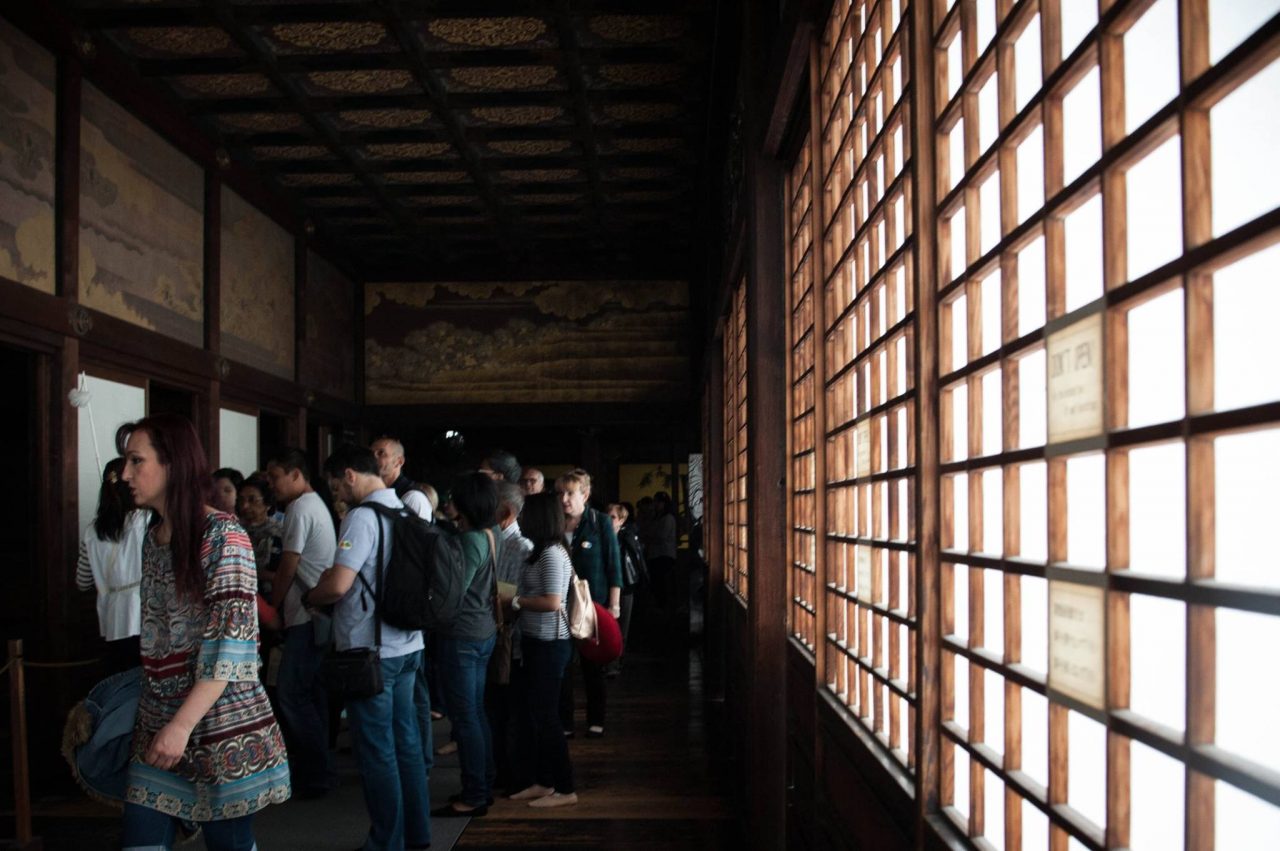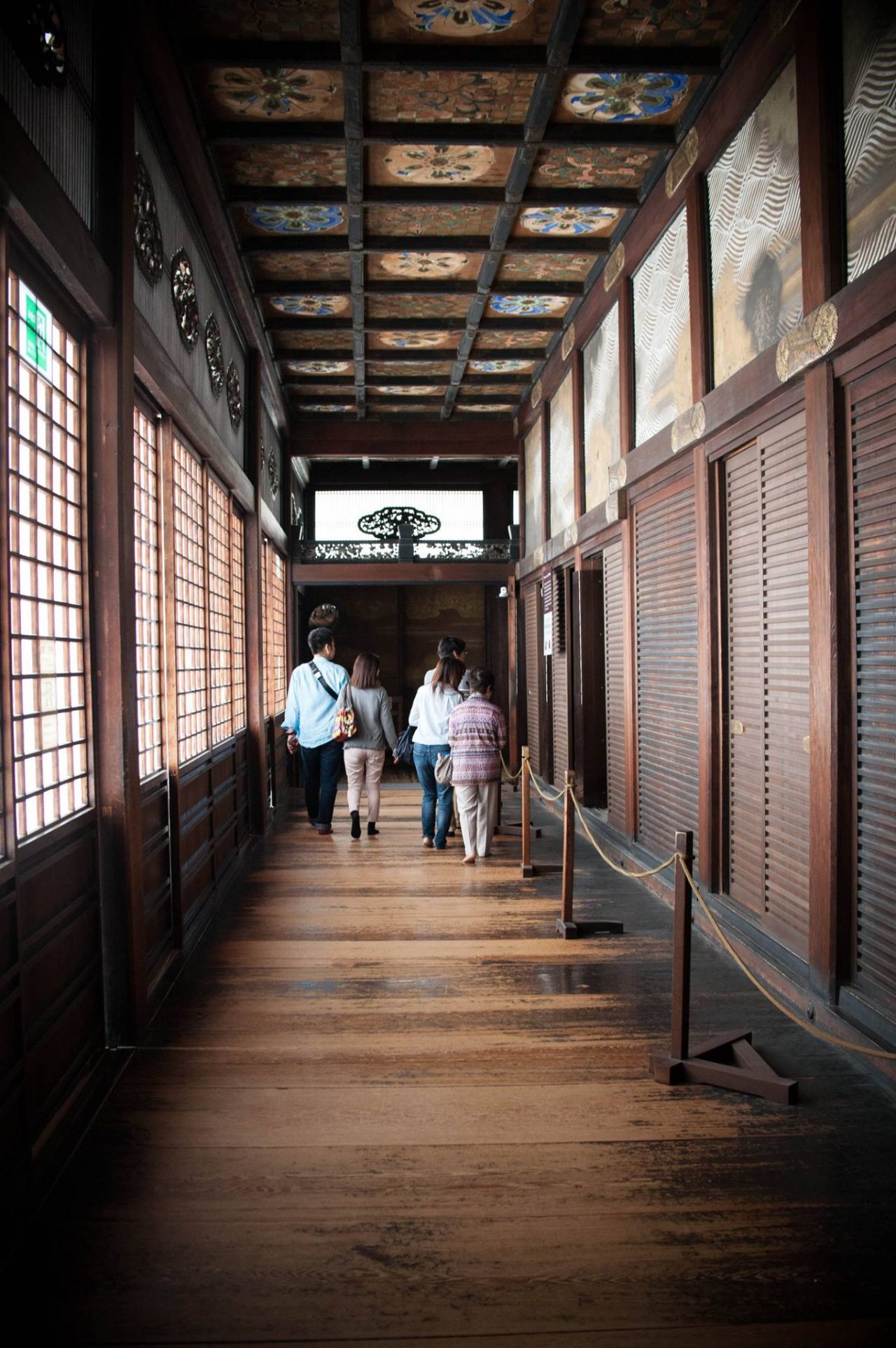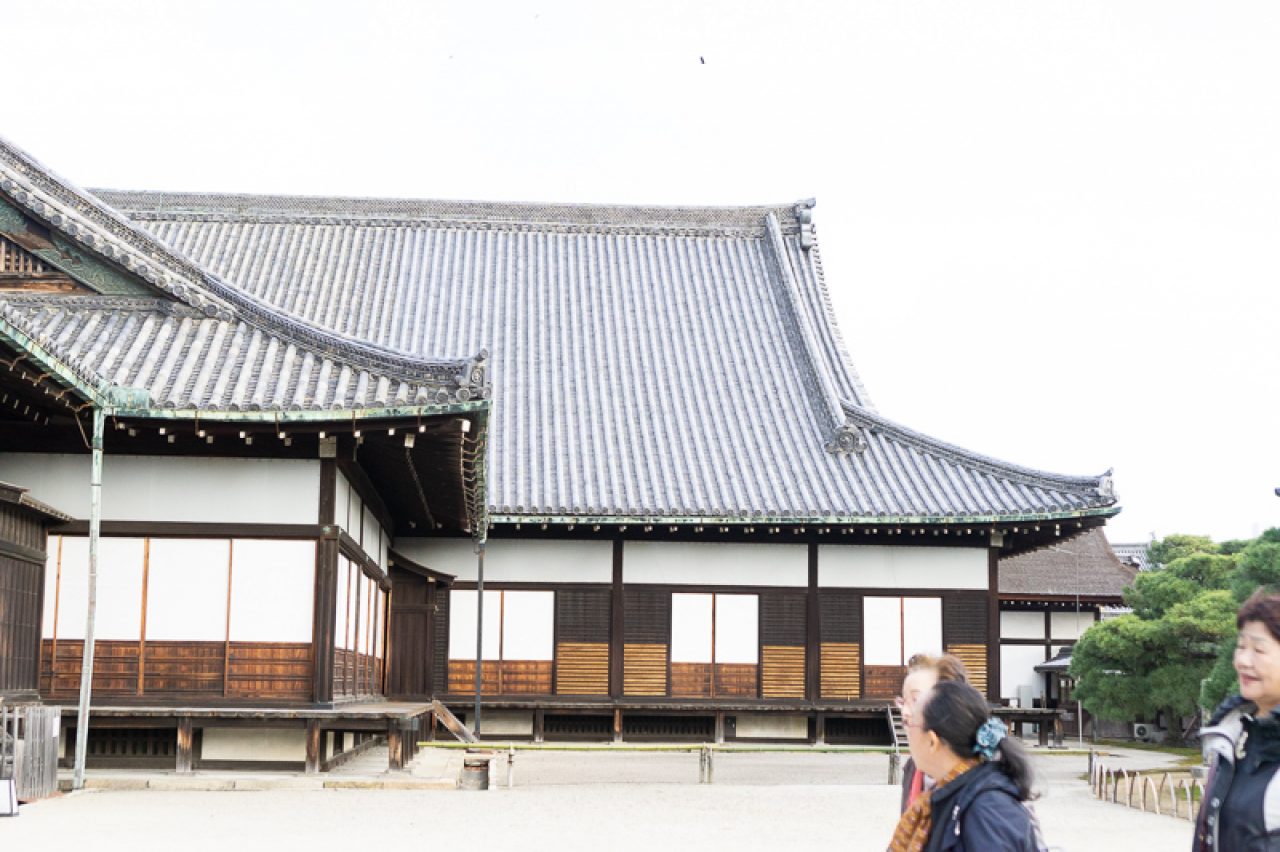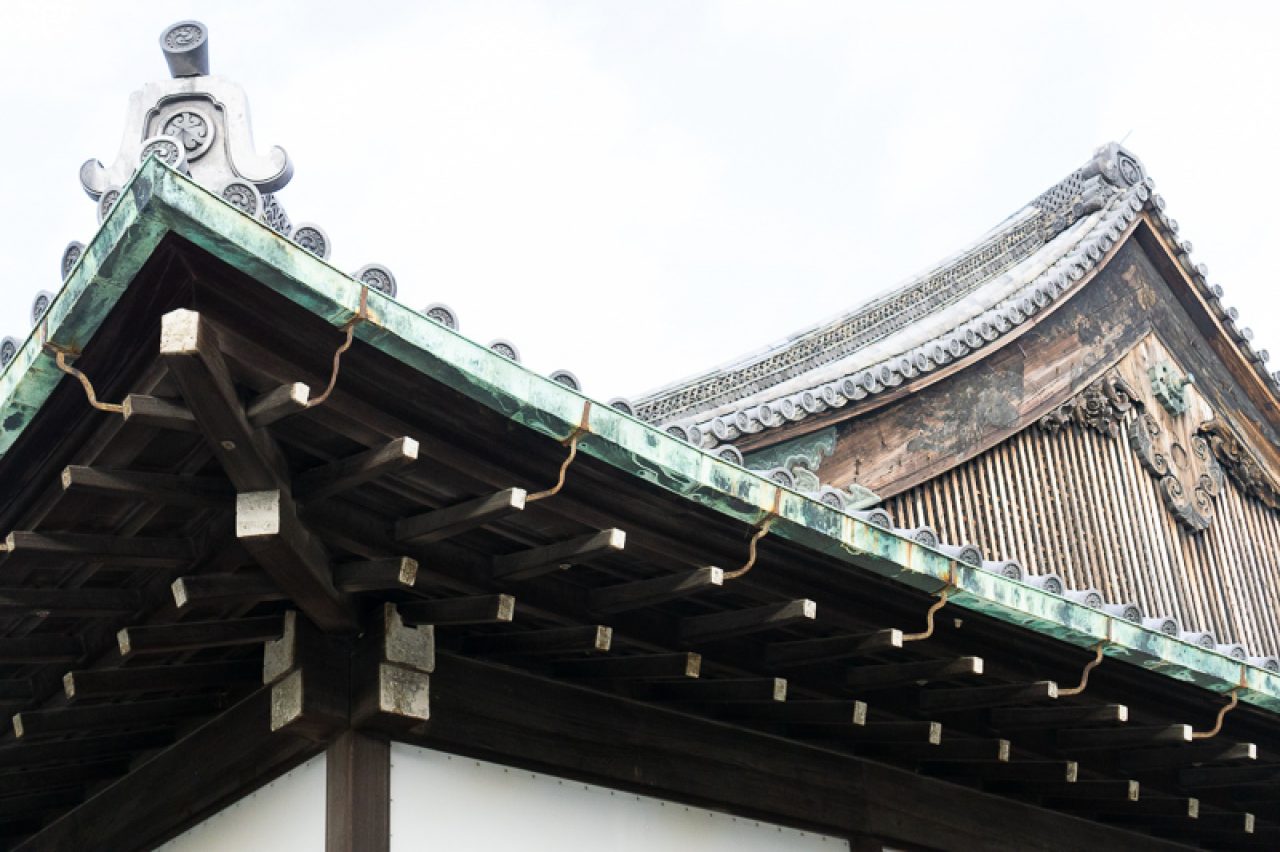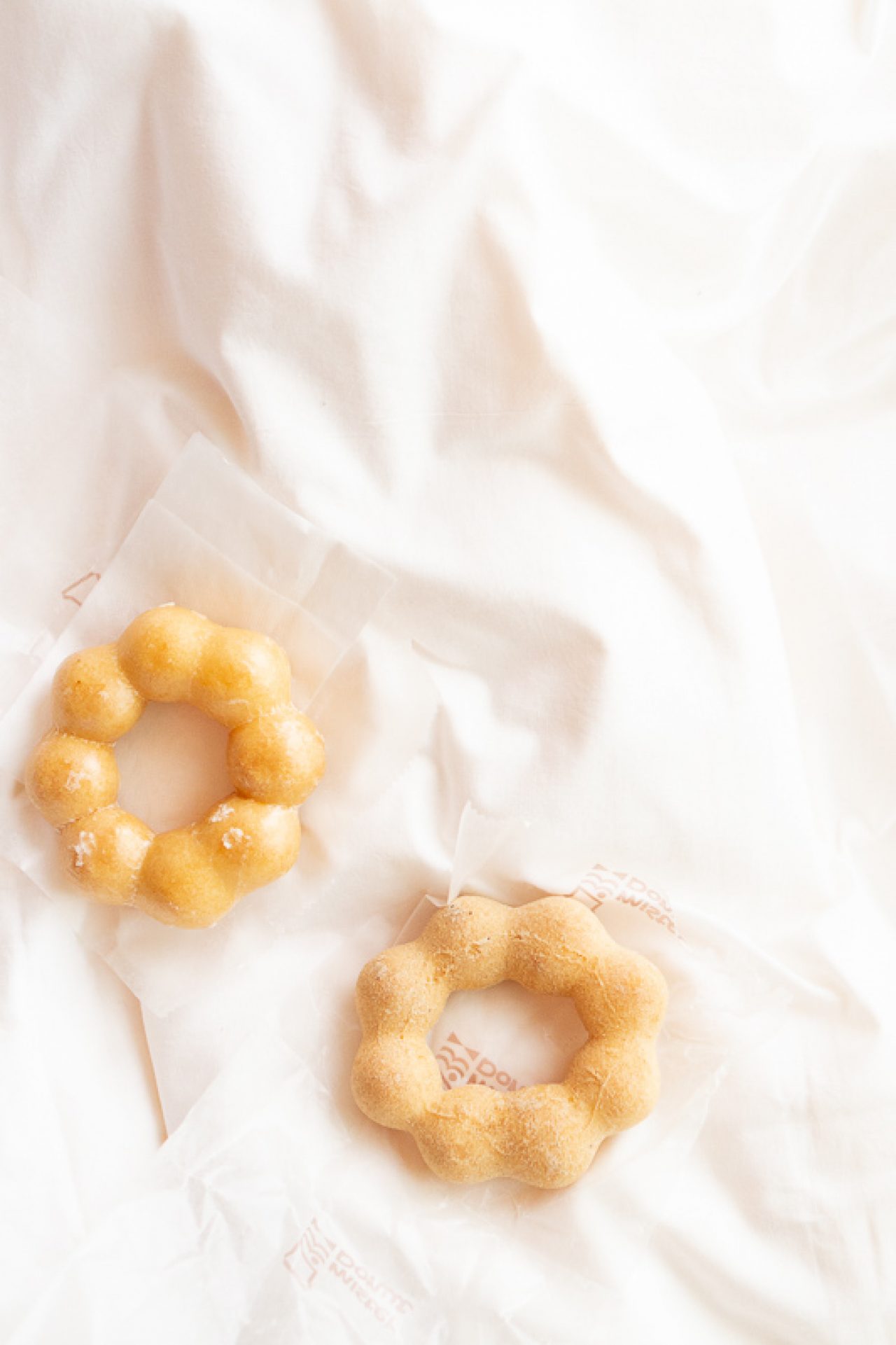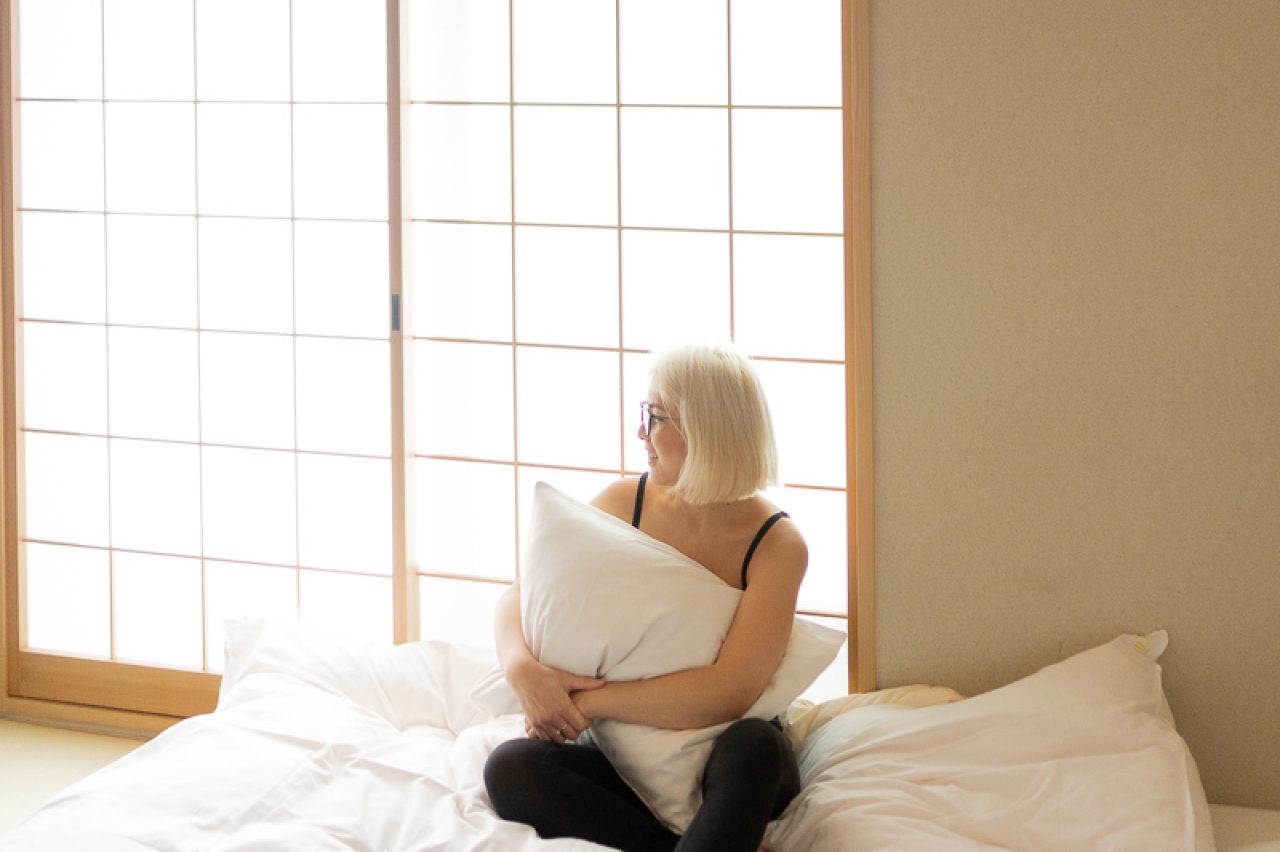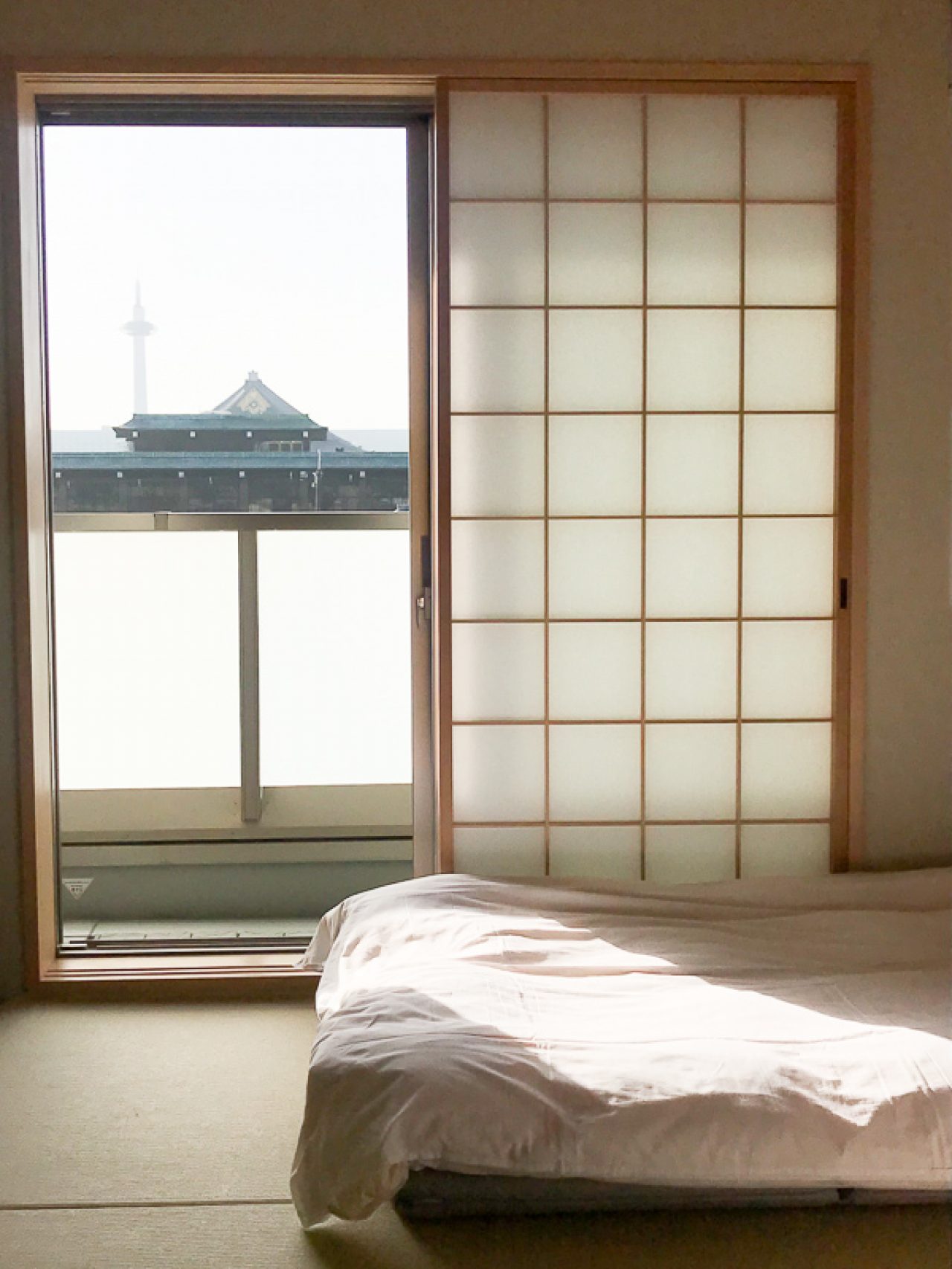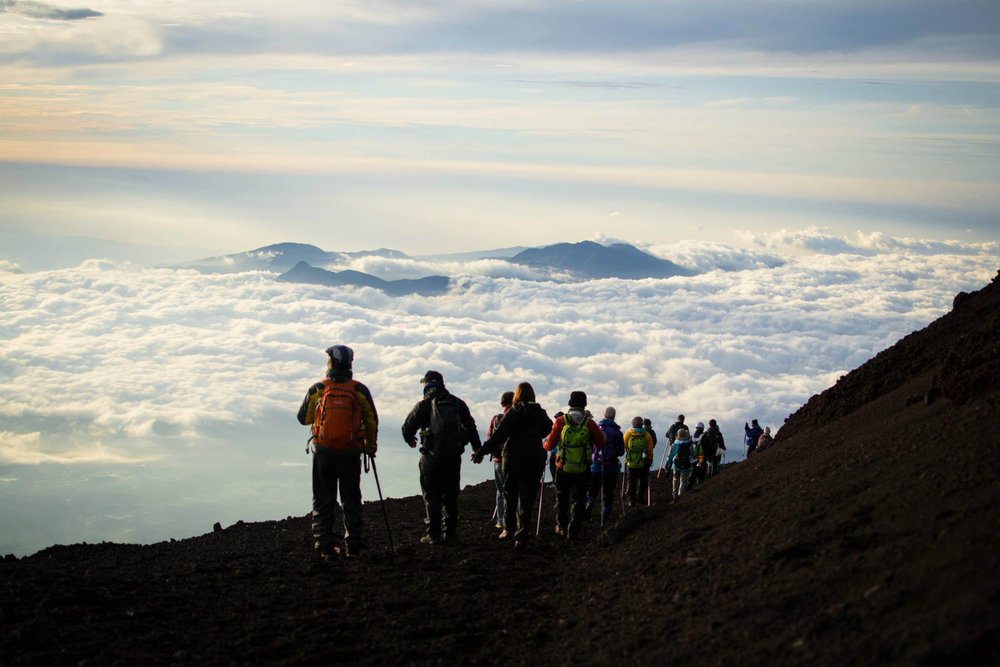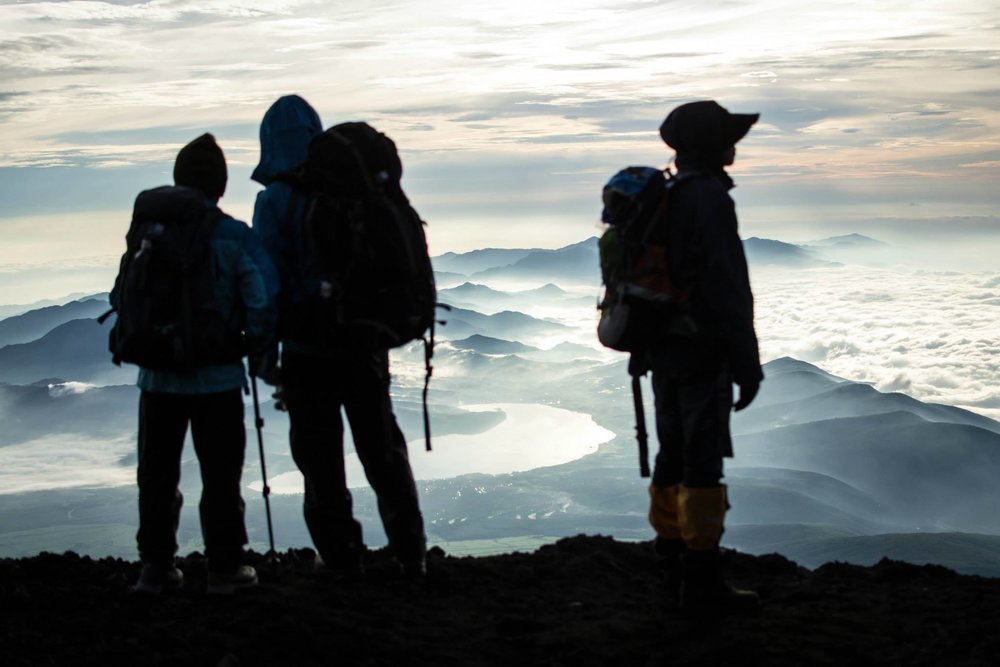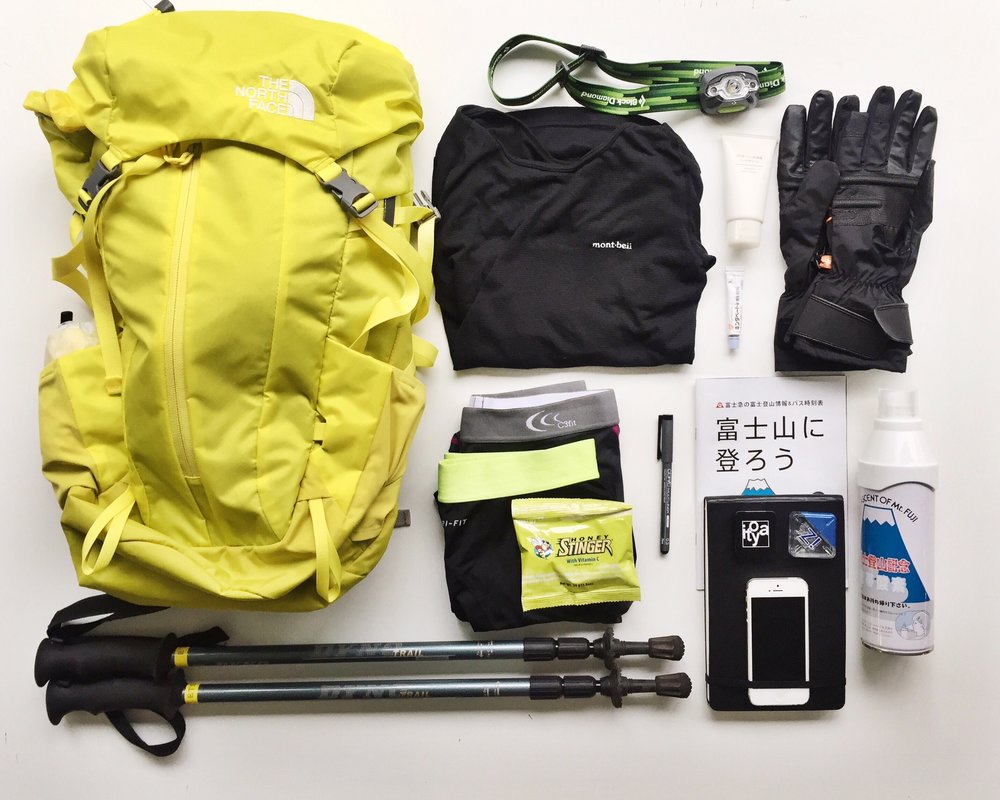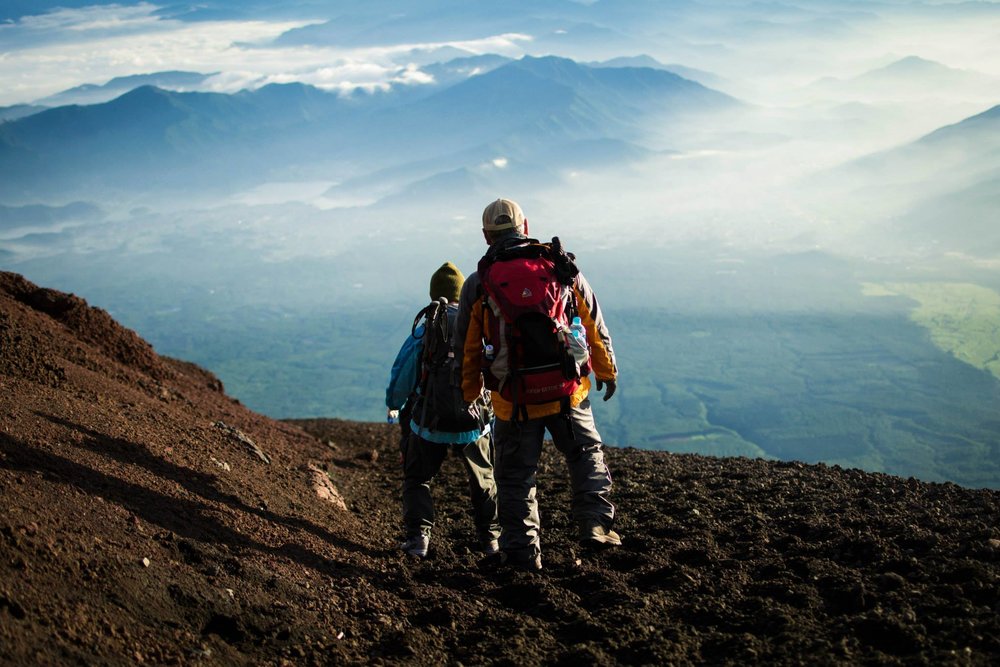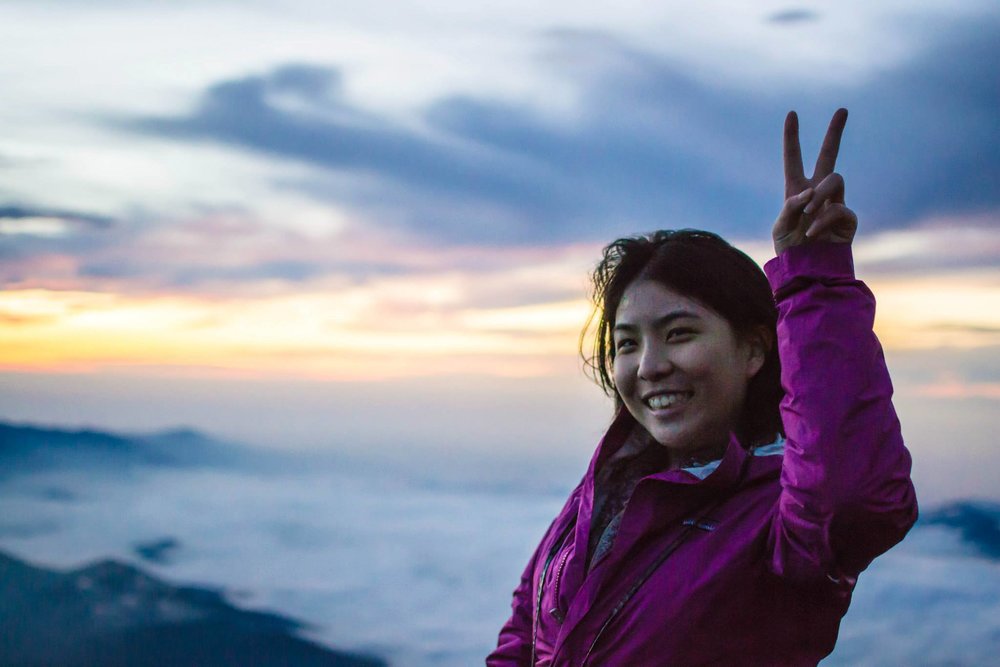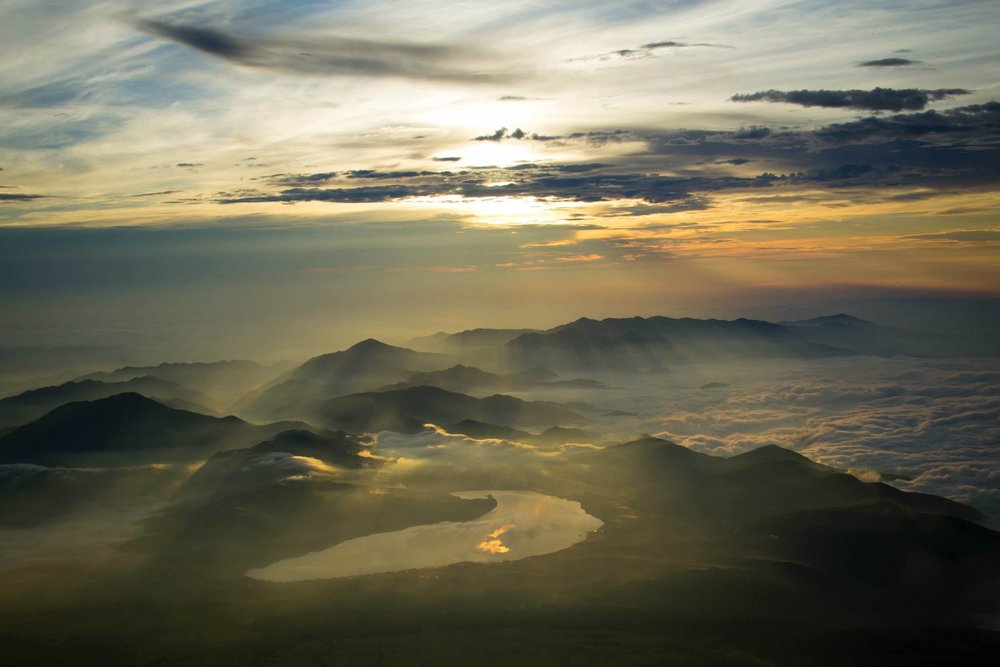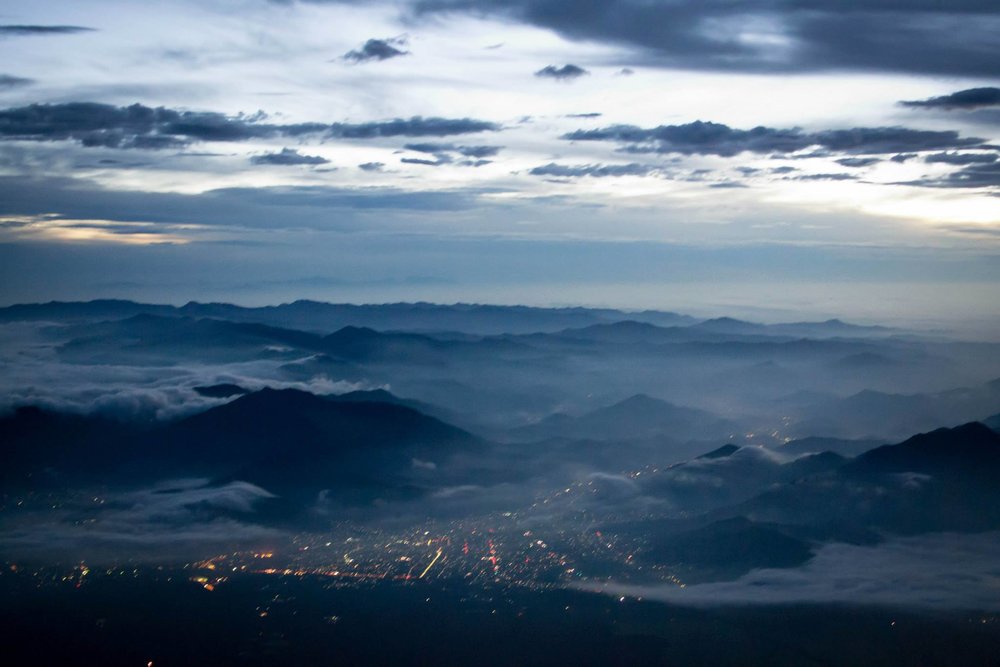TAKE US TO TOKYO
When I was leaving Tokyo in July 2015 to move back to LA, I thought that I’d visit at least once every year, as I’ve been convinced that Japan is truly, my second home. Living in Tokyo was a major reason why I chose to live in New York City over Los Angeles for the past few years; It’s bustling – there’s something happening around every corner, the food and art scene has been in a constant rush, public transportation actually exists. Since I’ve moved to New York City, I’ve mainly met O’s friends and my brother, Tony’s friends. It’s honestly been a bit lonely sometimes because to this day, I still feel a little culturally out of place. This time, I brought O to meet some of my best friends – some of the characteristics and rituals and mannerisms that could define me a bit more.
Toraya (とらや)
4-9-22 Akasaka, Minato-ku, Tokyo
First off, Majima-san – my Itoya coworker, has known me too well for these past 5 years and invited me to Toraya, this gorgeous confectioners gallery and cafe. Not sure how she does it, but whenever Majima-san invites me for an outing, it’s always particularly mesmerizing. I don’t think I’ve ever met someone who’s so spot-on for what kind of food, drinks, interiors. and experience I love. Toraya, founded back in the 1600s, has been renowned for its gorgeous illustrated wagashi design books from the Edo Period (1603 – 1868) and well known to feudal lords. It blows my mind how the original location in Kyoto was burnt to the ground along with the original Imperial palace and such a place still exists. And who knew wooden restrooms and hallways could smell so earthy and heavenly at the same time.
AFURI Ramen (原宿アフリハラジュク)
While we did check out a few ramen restaurants, Afuri was the best – better than Tokyo street/Rokurinsha 六厘舎, better than Kyoto’s burnt miso ramen. Not sure why, but I loved the Yuzu ramen this time more than I had when I lived in Tokyo. Maybe it’s because we were the first that morning.
Tokyo Disney sea (東京ディズニーシー)
I don’t know why, but Tokyo Disney Sea makes Disneyland look almost sad and ghetto. Something about the scenery of Tokyo Disney Sea makes me want to go every single time I visit Tokyo. I vividly remember my dad telling me stories of Tokyo Disney Sea when I was growing up. Although I’ve been there 4 times within the past 5 years, I fall in love with it every time – from the entrance, from getting my mickey mouse popcorn bucket filled with various flavored popcorn, to gazing out the ocean, eating curry, and screaming hysterically at random rides. There’s something hilarious about Indiana Jones and Genie speaking Japanese and Mickey Mouse fighting in Japanese.
Nezu museum
What I like to call…”Kyoto in Tokyo” and one of my favorite gardens (with a museum) by Kengo Kuma and his associates. This gorgeous minimalist museum with Traditional little tea houses even includes a cafe with wagashi. Everytime I come here, I always feel like I am at peace. But of course, O and every other architect I bring here spends almost more of their time/energy on studying the joinery and details rather than the garden – that’s particularly mindblowing in the fall.
HARAJUKU KAWAII ZOO LAND
3rd Floor, 1 Chome-6 Jingūmae, Shibuya, Tokyo 150-0001
Originally, O and I were going to go to an owl cafe, but when he noticed a sign for capybaras along Harajuku’s infamous Takeshita… he insisted we come here instead, just for the capybara. I had no idea that this animal existed nor that rodents could be so relishing with 4 webbed toes at its hind legs and 3 webbed toes at its front legs. Such peaceful creatures.
On the bittersweet side, who knew coming back after 2 years would reveal that 1) My home of over one year is no longer there because of Japan’s disposable housing market, 2) Tokyo metro and J-rail feels and looks cleaner than I’d recall, 3) the majority of my favorite places and coworkers would still be there and 4) To me, truly, these architectural designers are #1 in the world, including my JMA friends.
